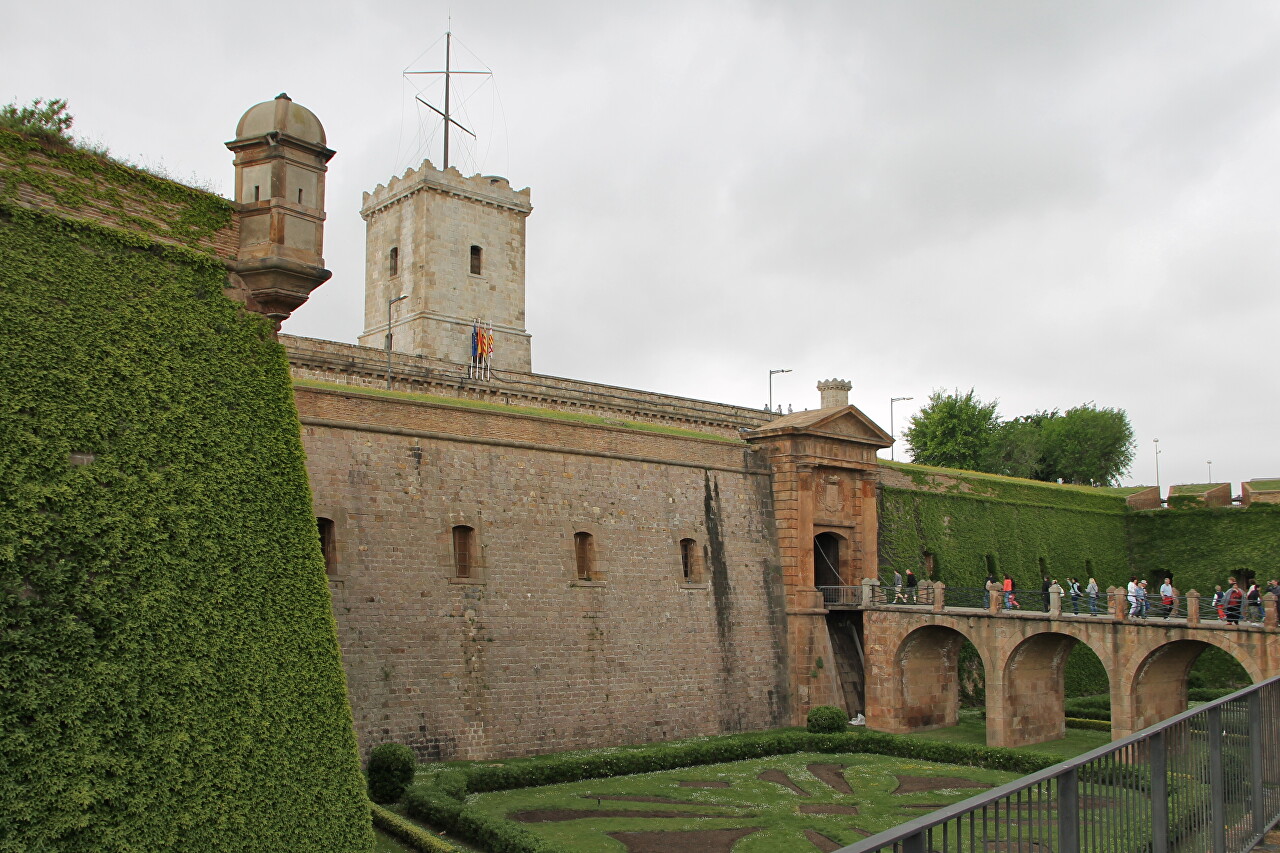Castillo de Montjuic
During the construction of the Olympic facilities in 1991-1992, evidence was discovered that the top of Montjuic Mountain had been inhabited since the Paleolithic period. This place was exceptionally convenient for connecting sea and land trade routes. There is also documentary evidence that in 1031 there was a watchtower at the top with observers who, in case of danger from the sea, sent light signals to the inhabitants of the lower part of ancient Barcelona. The first military fortifications appeared in 1640, during the uprising against the deprivation of Catalonia's autonomy (Segador Uprising). On January 26, 1641, the fortification successfully repelled an attack by the Castilian army, despite the fact that it was a square surrounded by a moat and an earthen rampart. This episode is known as the "Battle of Montjuic." In 1652, Barcelona was captured by the troops of Philip IV, who placed a permanent garrison on the mountain. In 1688-1697, under the leadership of military engineer Loreto Tossi, three bastions connected by a wall were built, facing the land, and an artillery battery from the sea. The fort of 1640 became an inner citadel. In 1751, military engineer Juan Martin Cermeno built a trapezoidal central building with a tower and a square in the center on the site of the old fort. The courtyard is called the "Armory" (Placa de Armas), and barracks were located in the surrounding galleries. Now you can only see cafe tables here. The fortress received new walls, in front of which deep ditches were dug. A rainwater collection system was set up to fill the moat with water, although it is doubtful that it was effective, in any case, now the moats are completely dry and represent neat lawns. In 1799, the work was completed, and the fortress took on a form that has been preserved to the present day. At the beginning of the 18th century, during the War of the Spanish Succession, the castle was occupied for eight years by the troops of Charles of Austria. On February 29, 1808, Napoleon's army entered Barcelona, and Montjuic Castle was surrendered to Colonel Floresti without a fight. In the same bloodless way, in 1813, the castle returned to the rule of the Spanish crown. In 1842 and 1943, the castle's artillery brutally bombarded the residential areas of Barcelona, where another uprising against Spanish rule broke out. Since then, the castle has transformed from an object of defense into a place of social and political repression - a prison has existed on its territory for more than a century. Anarchists were tried here after the terrorist attack of 1896 ("The Montjuic Trial"), as a result of the uprising against conscription into the colonial army ("Tragic Week"), about 1,700 people were arrested, the organizers of the uprising were shot, and in 1919, after a strike at the La Canadenca power plant, more than 3,000 workers were imprisoned. With the proclamation of the Second Spanish Republic in 1931, the Barcelona City Council obtained from the government the transfer of the fortress to city ownership. However, as often happens, the new authorities could not decide what to do with him next. There were proposals to demolish the castle and build a complex of buildings of the Parliament of Catalonia in its place. Meanwhile, the "struggle for universal equality" was replaced by Catalan separatism. On October 6, 1934, the power of Madrid officials was overthrown and the Catalan state led by Lewis Companys was proclaimed. The new fighters for the happiness of a single Catalan people first of all set up a military camp and a political prison in the castle, where a speedy trial and reprisals against supporters of a single Spanish state were being repaired. In July, a military uprising against the Republic took place, and on August 23, 1936, in Barcelona, under the leadership of the same Company, the legitimate government was overthrown again. The new coup was already under the banner of anti-fascism and launched a new wave of repression by pro-communist forces. From 1936 to 1939, up to 1,500 people were held in the fortress, 250 of them were shot on charges of treason and espionage. The "fighters for national happiness" pursued both Franco's supporters and their ideological opponents, the Trotskyists and other "wrong believers" in communist ideas, with equal passion. Just sensible citizens who opposed the lawlessness organized by leftists in the spirit of "sharing everything" also fell under repression. After the fall of Barcelona, which became the final stage of the Civil War, on January 26, 1936, the fortress was occupied by nationalist troops. During the Franco dictatorship, more than four thousand political prisoners were shot in the castle, including the President of the Catalan Republic, Lewis Companis. The castle served as a prison until 1960, after which it was transferred to the management of the Barcelona City Council. After the reconstruction, in June 1963, Franco personally opened the fortress with a military museum to the public. The Military Museum remained under the jurisdiction of the Ministry of Defense, as well as military communications facilities occupied some part of the fortress. In 2007, the entire territory was transferred to civilian use, the antennas were dismantled, and the museum was closed. Some of the exhibits were transferred to the municipal museums of Barcelona and Girona, the other part migrated to the museums of the military department. Currently, only a hall with information about the history of the fortress can be found in the premises of the former military museum, while temporary exhibitions are held in other rooms. Today I saw photo documents about the Condor Legion, which fought in the Civil War on the side of the Francoists.And I don't remember the exhibition dedicated to the writer...In one of the halls, you can see the remains of ancient foundations discovered during the construction of the central building. In 1936, a battery of four 152mm Vickers naval guns was placed on the sea wall. These guns have not fired a single shot and have not been serviced for a long time. There are several monuments on the territory of the fortress. Judging by the inscription, this nude figure was presented to Barcelona by the governor of California in 1986. The fortress overlooks the Barcelona cruise port, built for the 1992 Olympic Games. The railway platform of the cargo port is closer to the mountainside. Montjuic Fortress is open to the public daily from 10 a.m., and is open from November to March until 6 p.m., from April to October until 8 p.m. Public holidays are January 1 and December 25. The ticket office closes half an hour before closing time. The ticket price is 5 euros, children's 3 euros.On Sundays, access is free 3 hours before closing time, and every first Sunday of the month, the fortress can be visited for free throughout the day. Open Days are held on February 12, May 18, September 24 and 25..

..
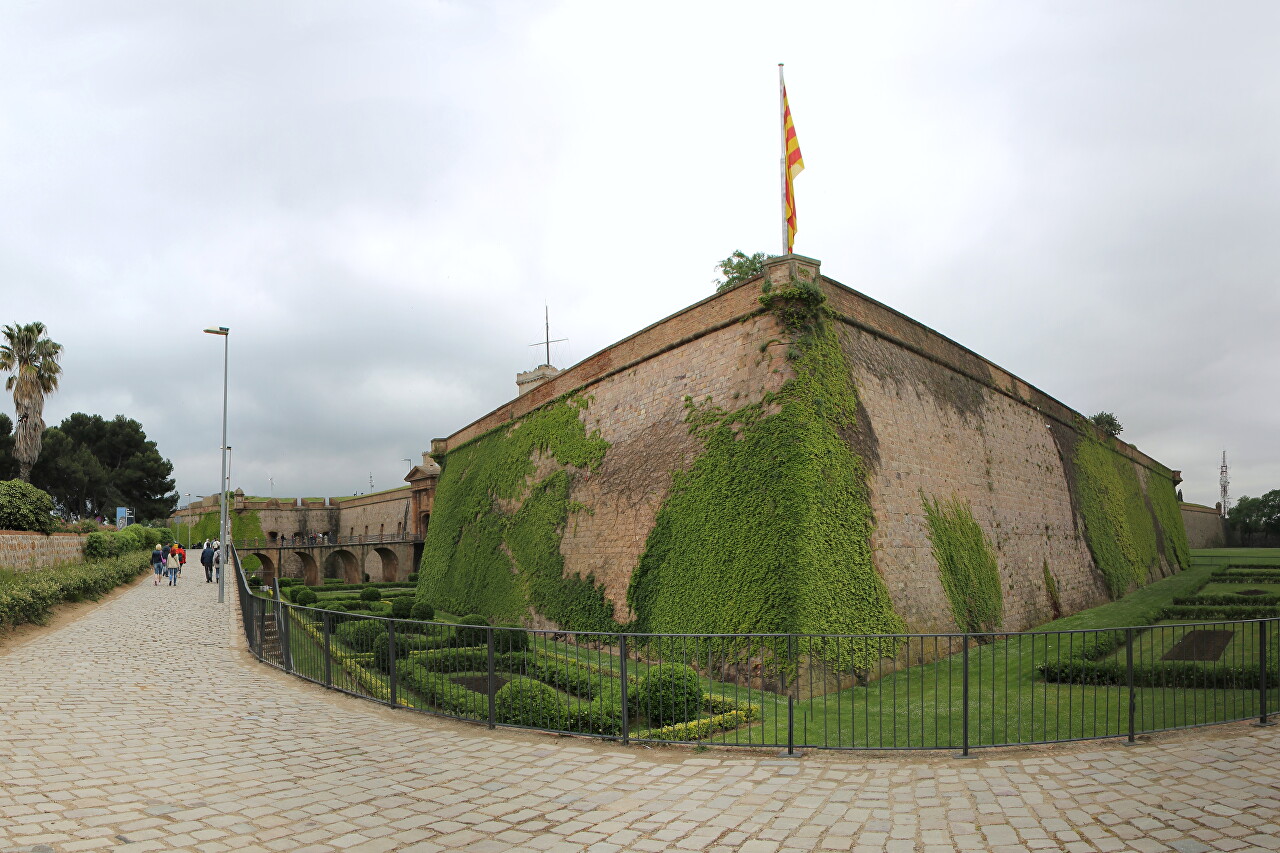
..
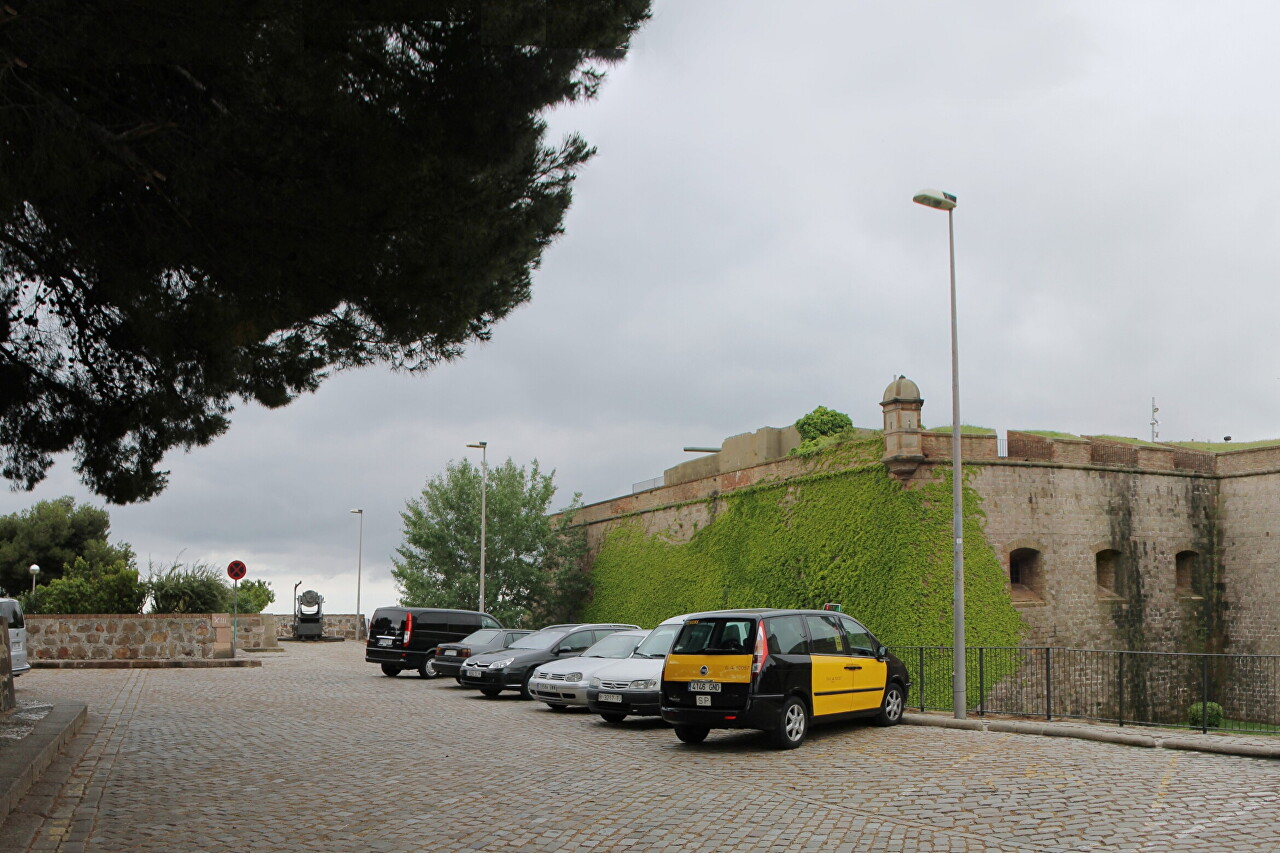
..
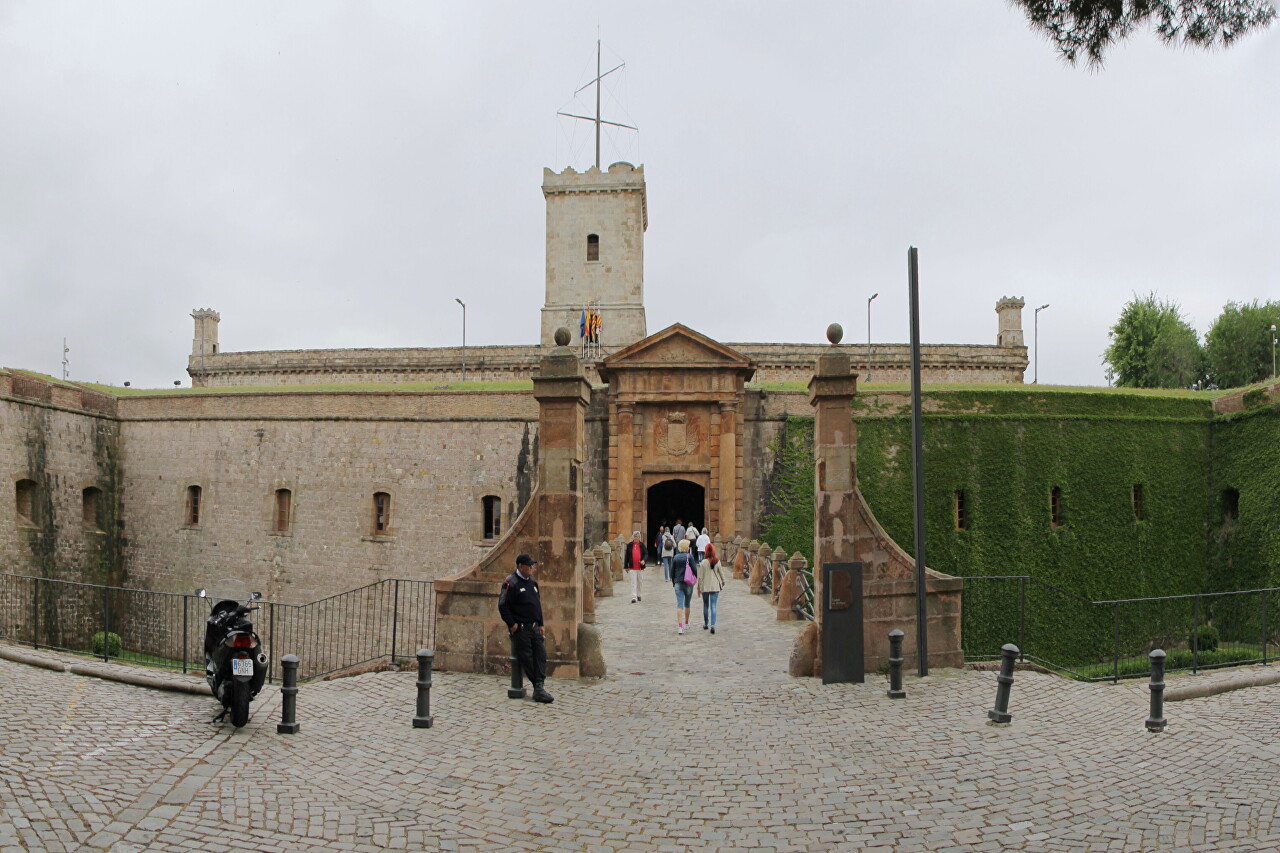
..
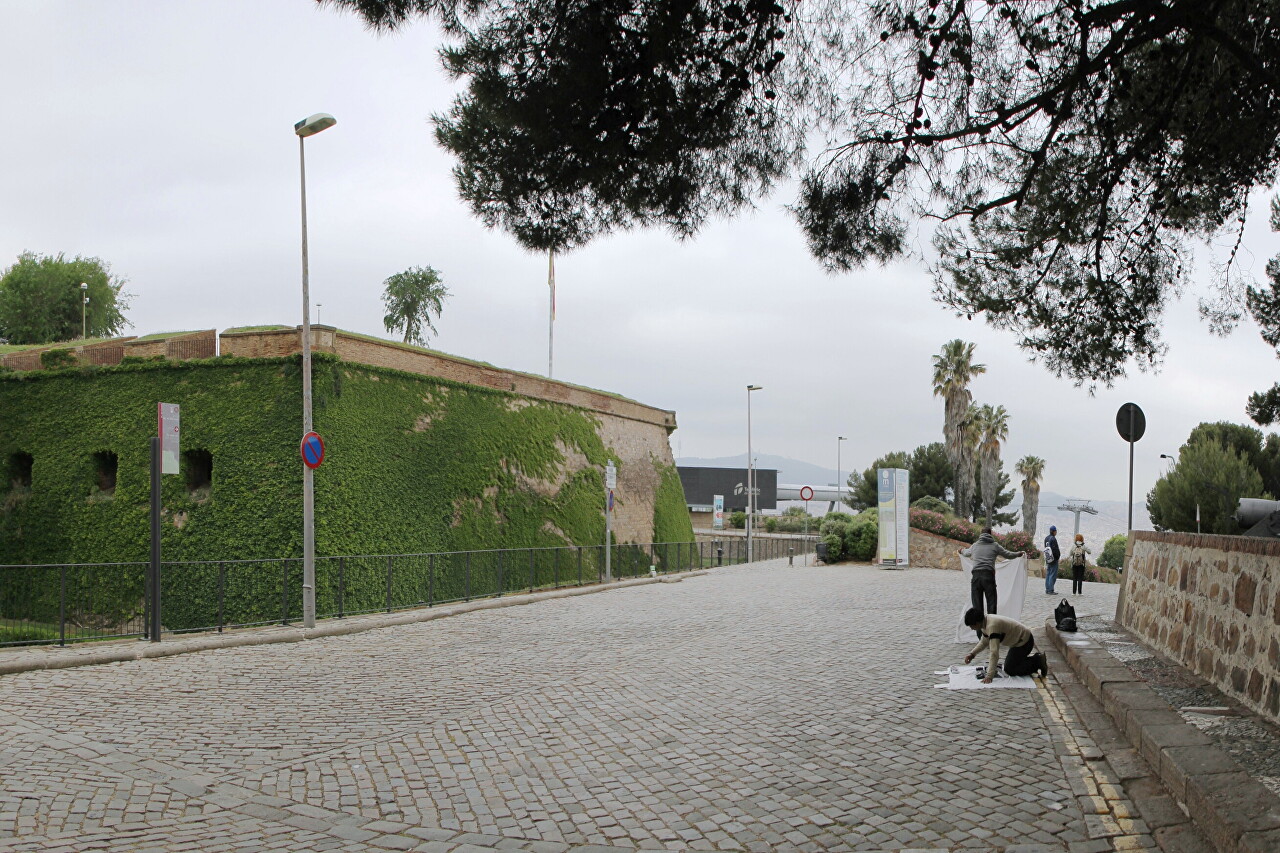
..
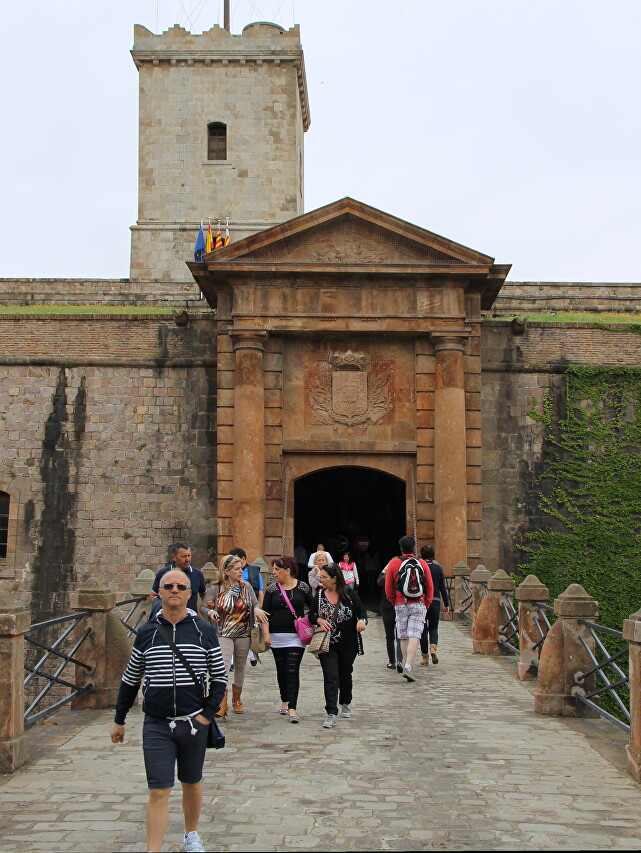
..
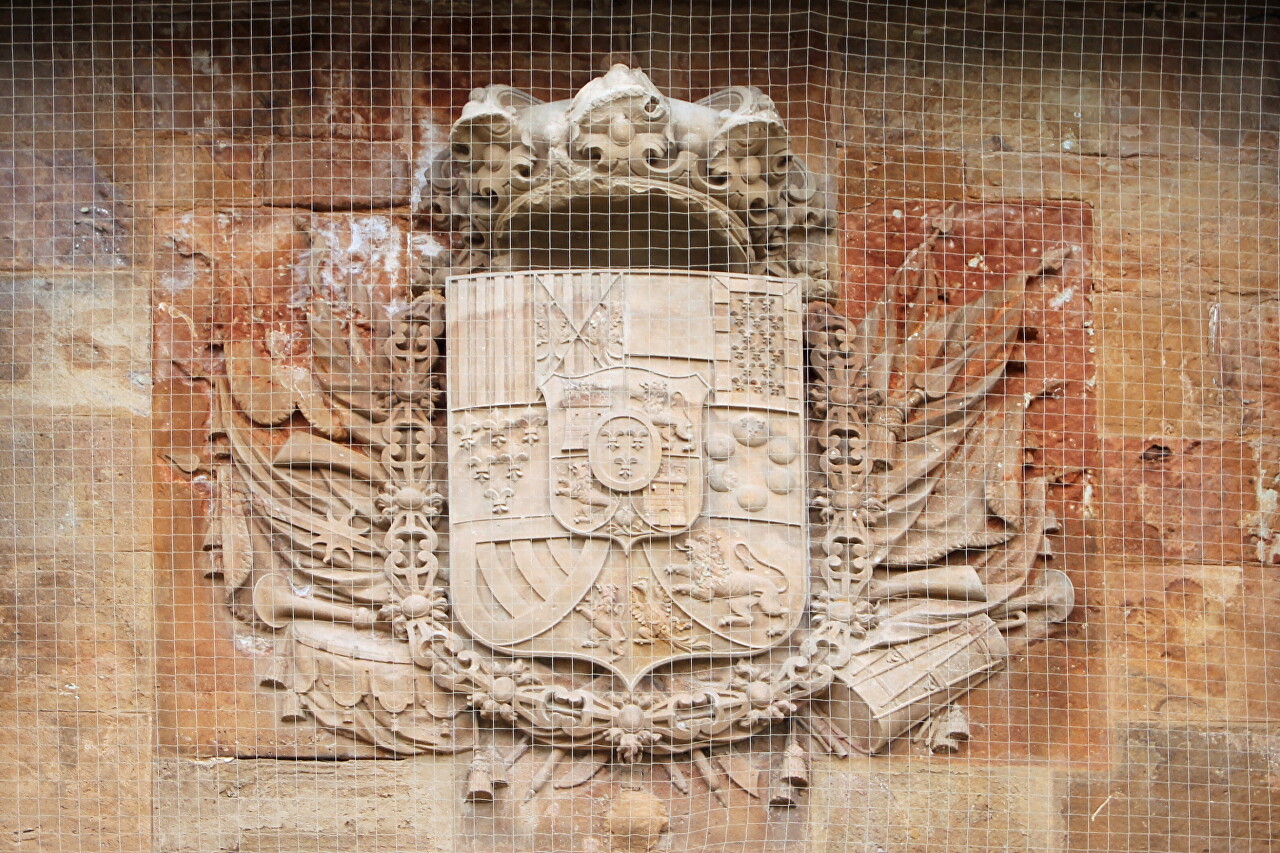
..
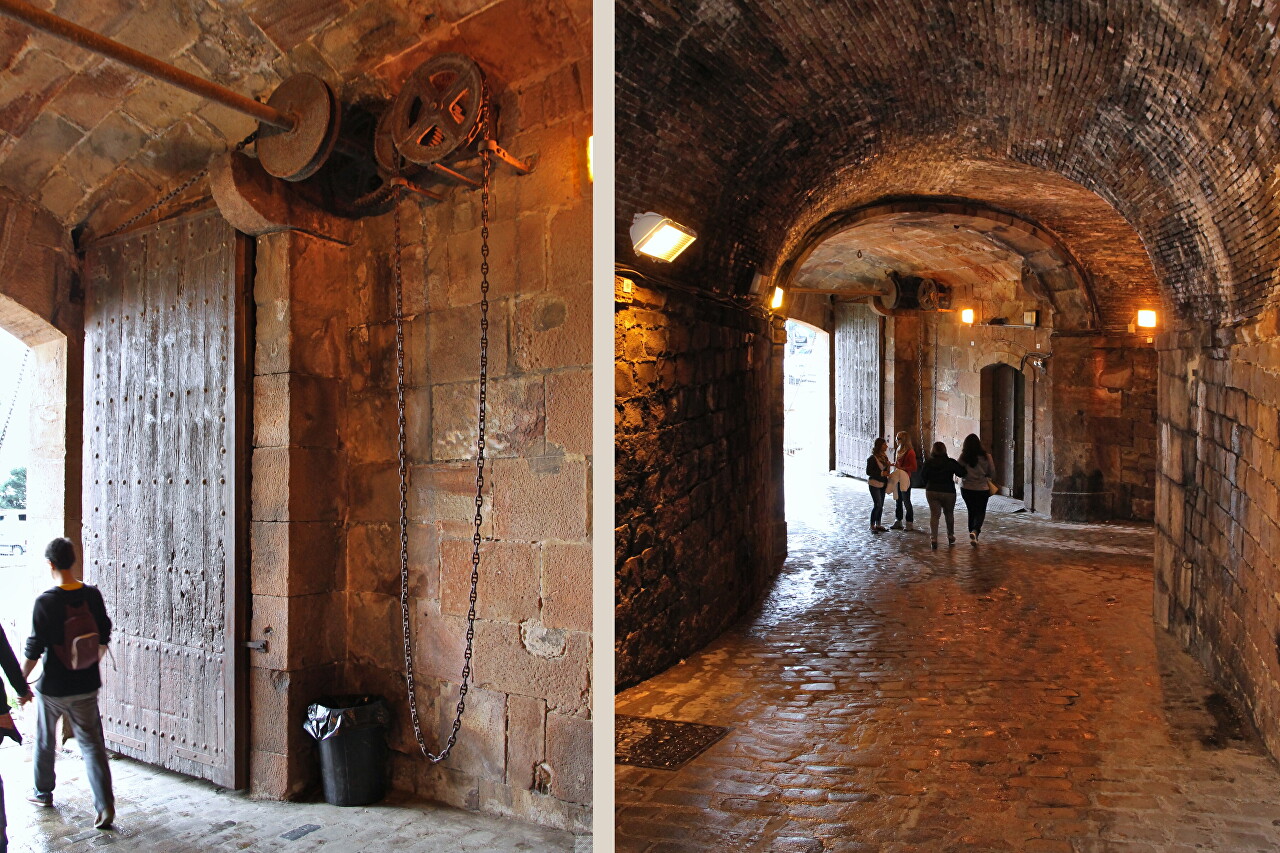
..
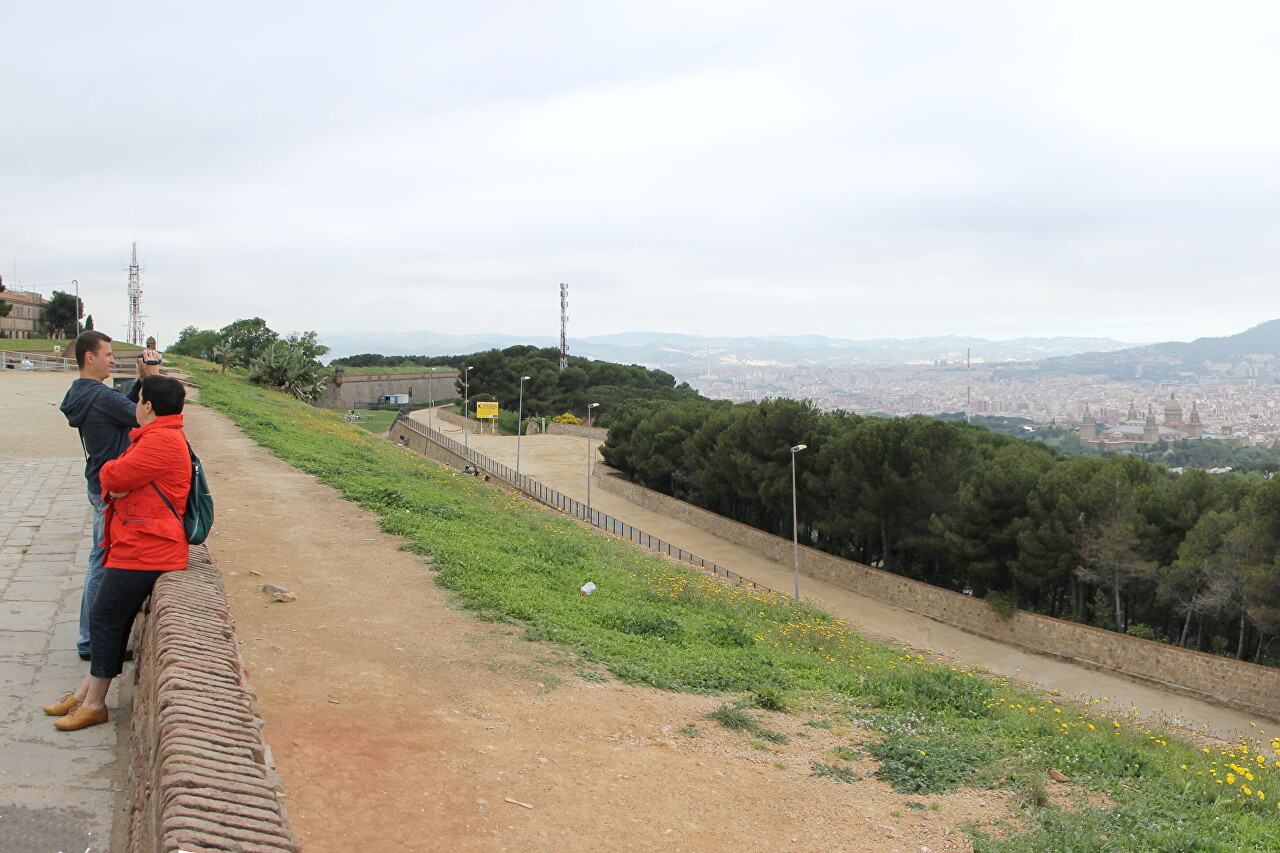
..
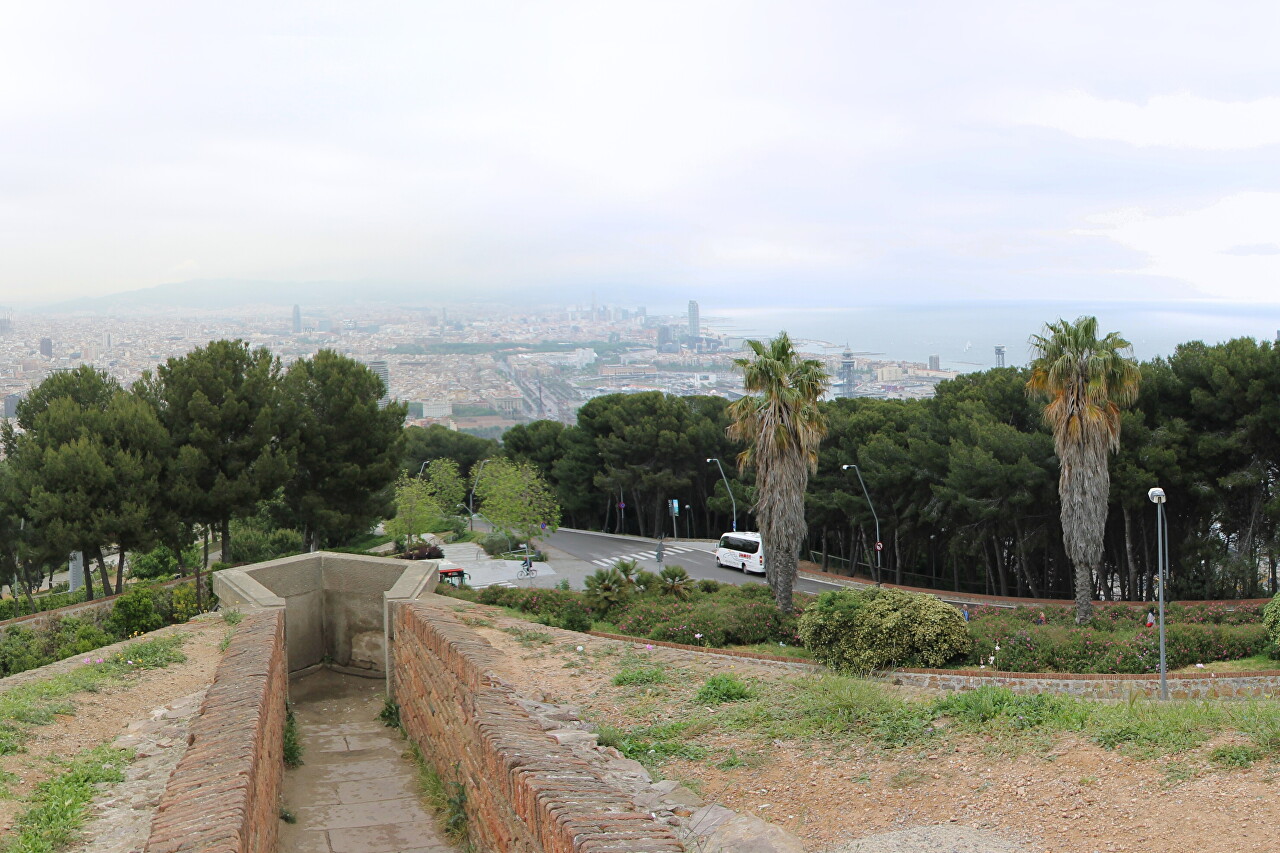
..
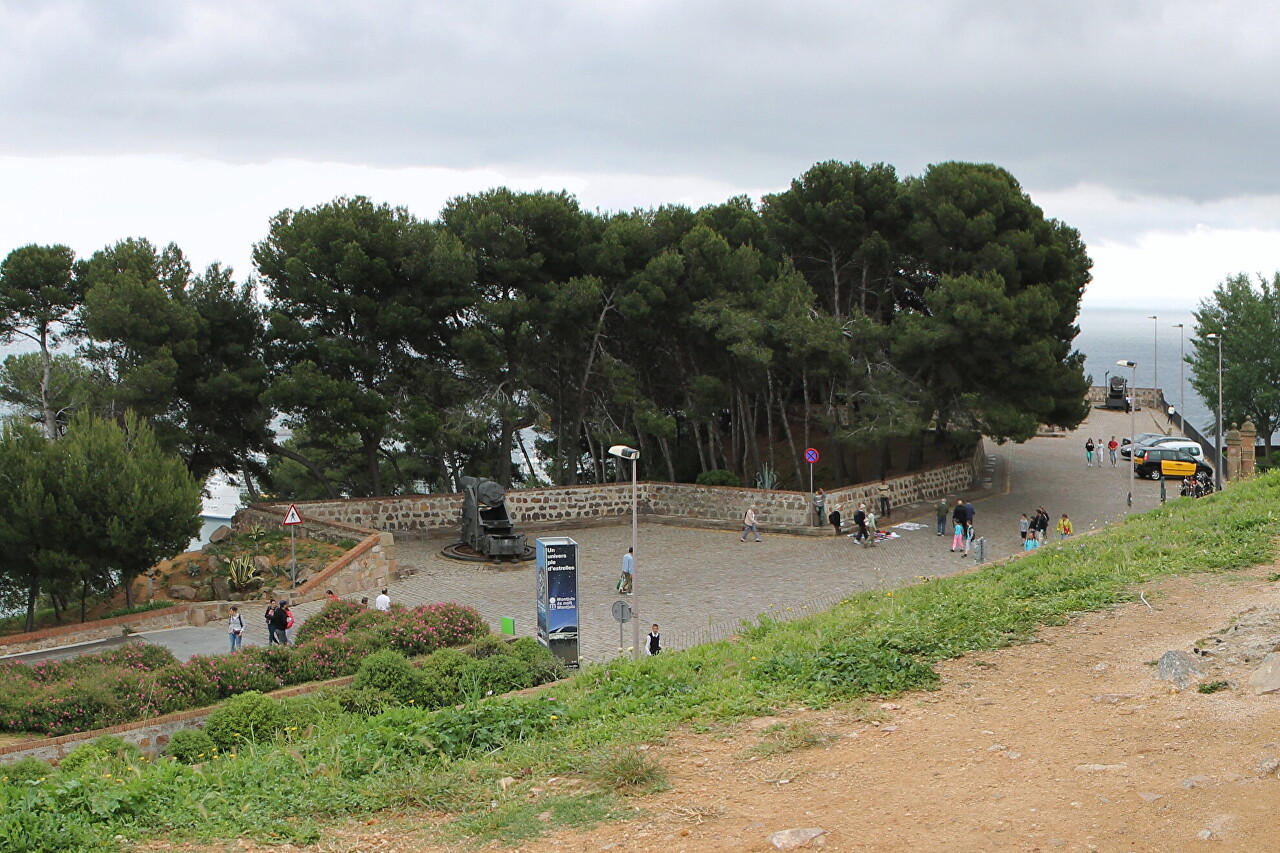
..
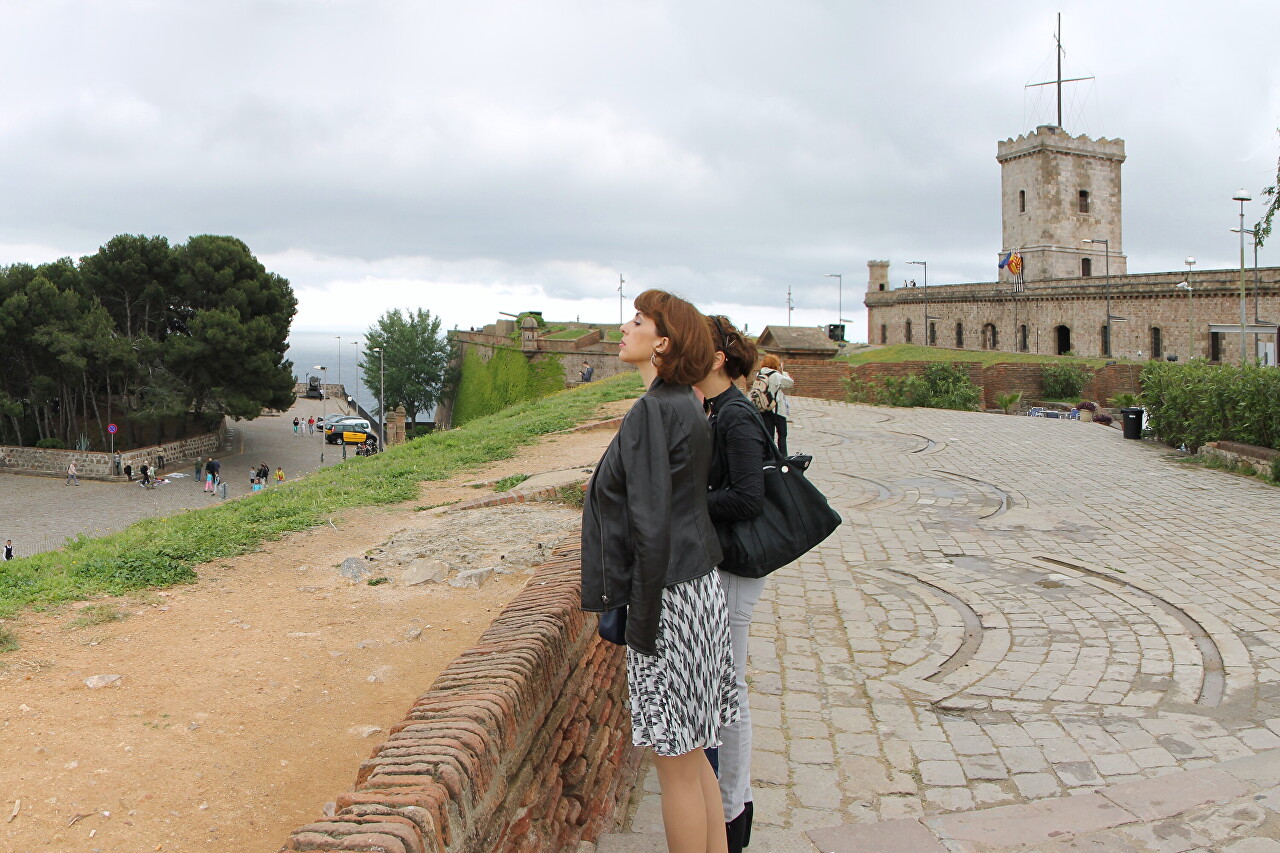
..
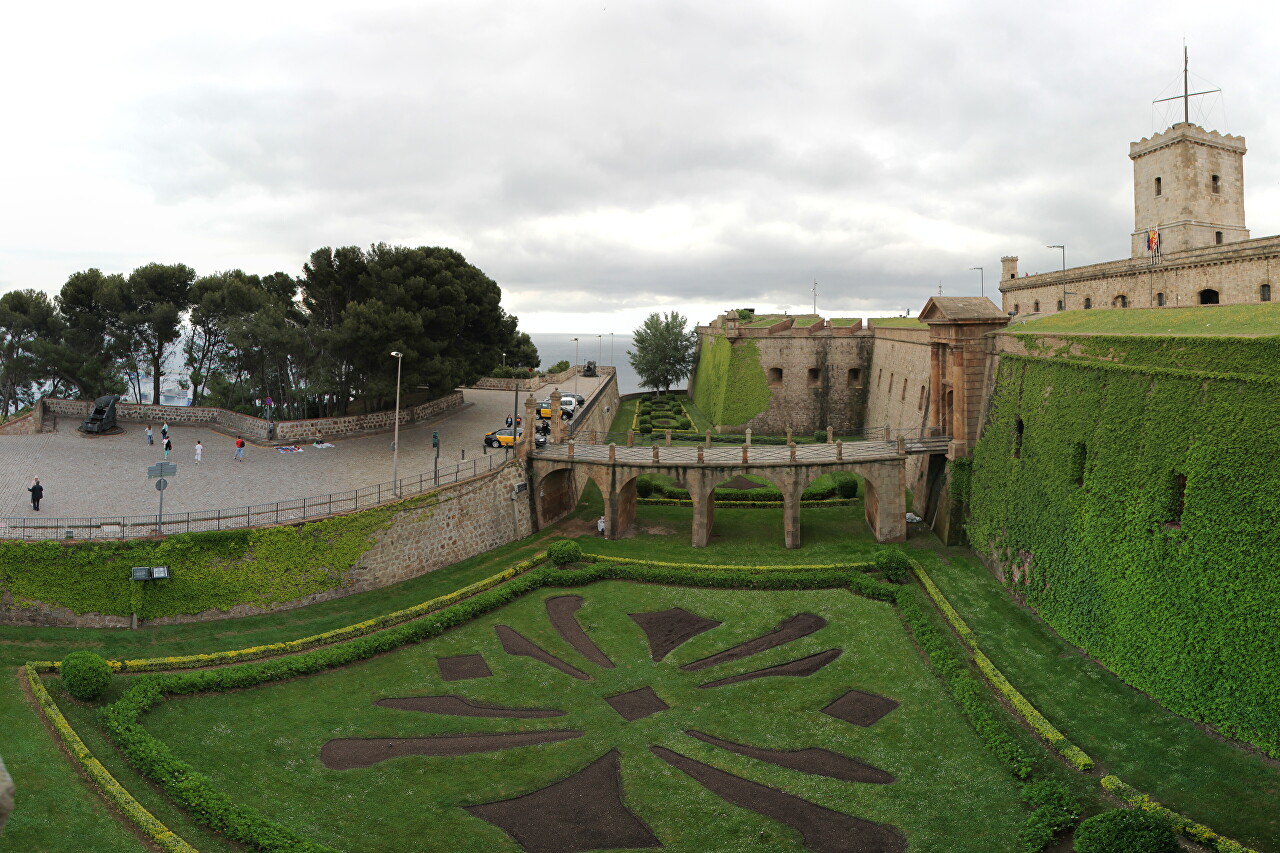
..
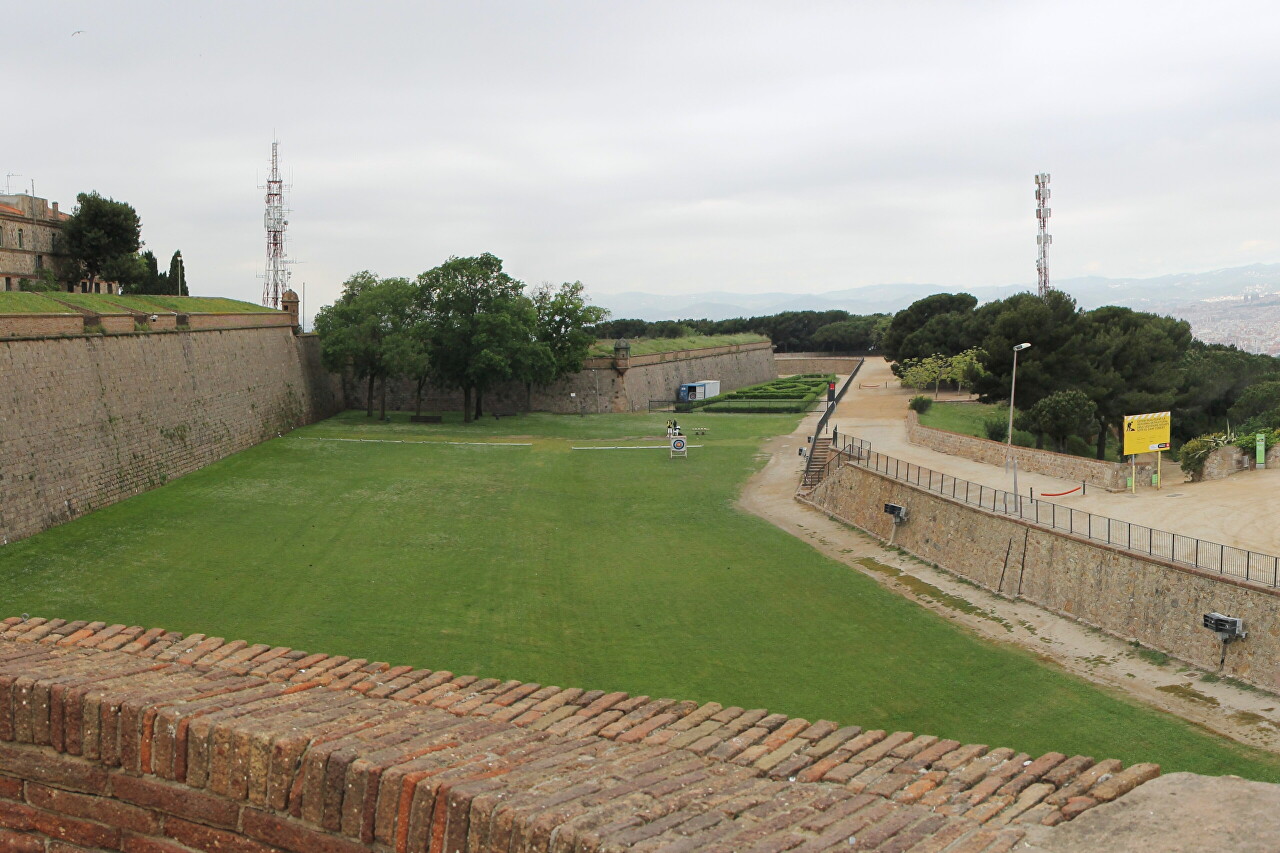
..
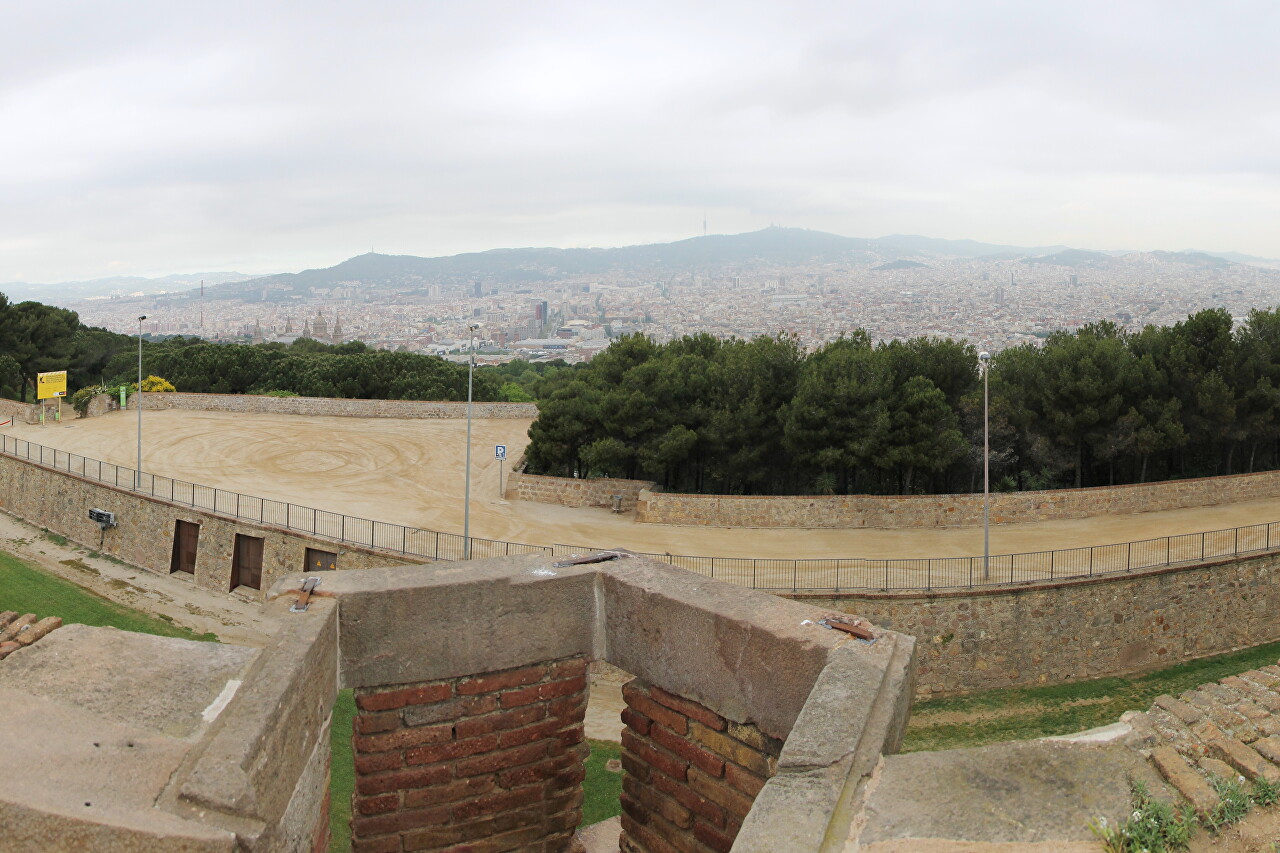
..
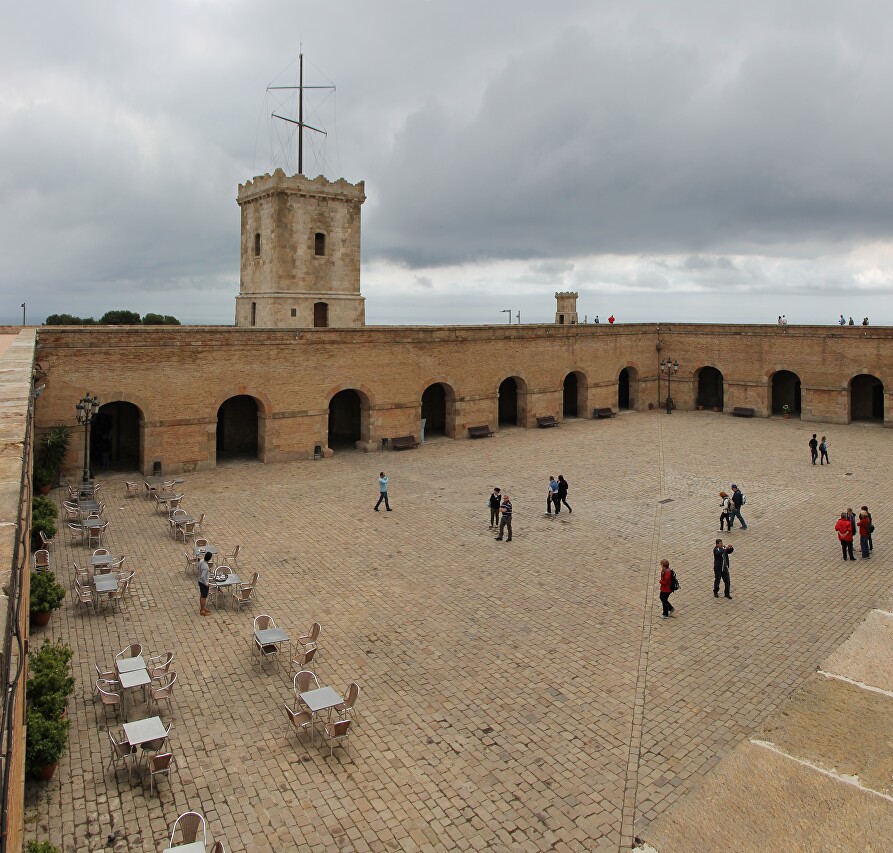
..
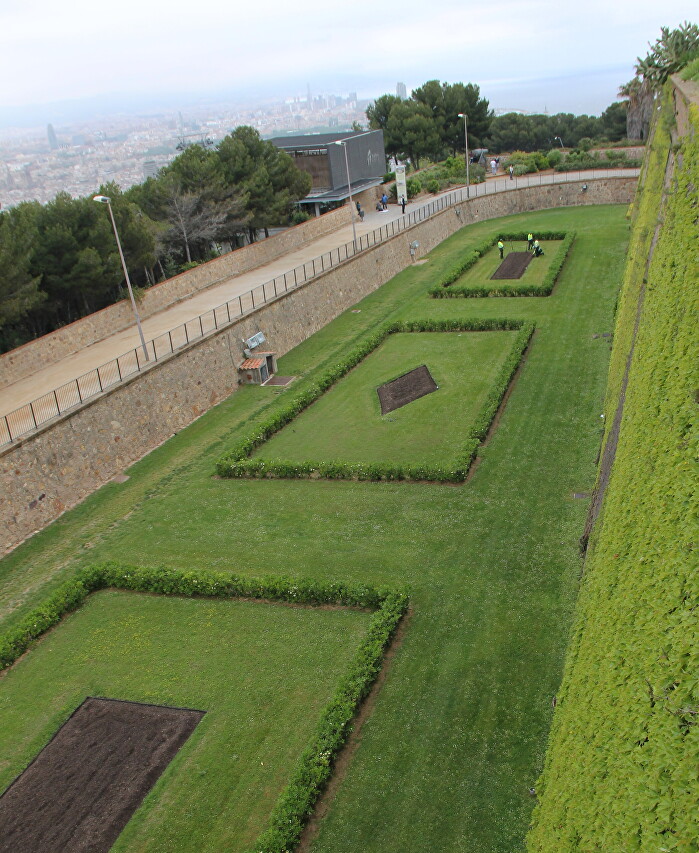
..
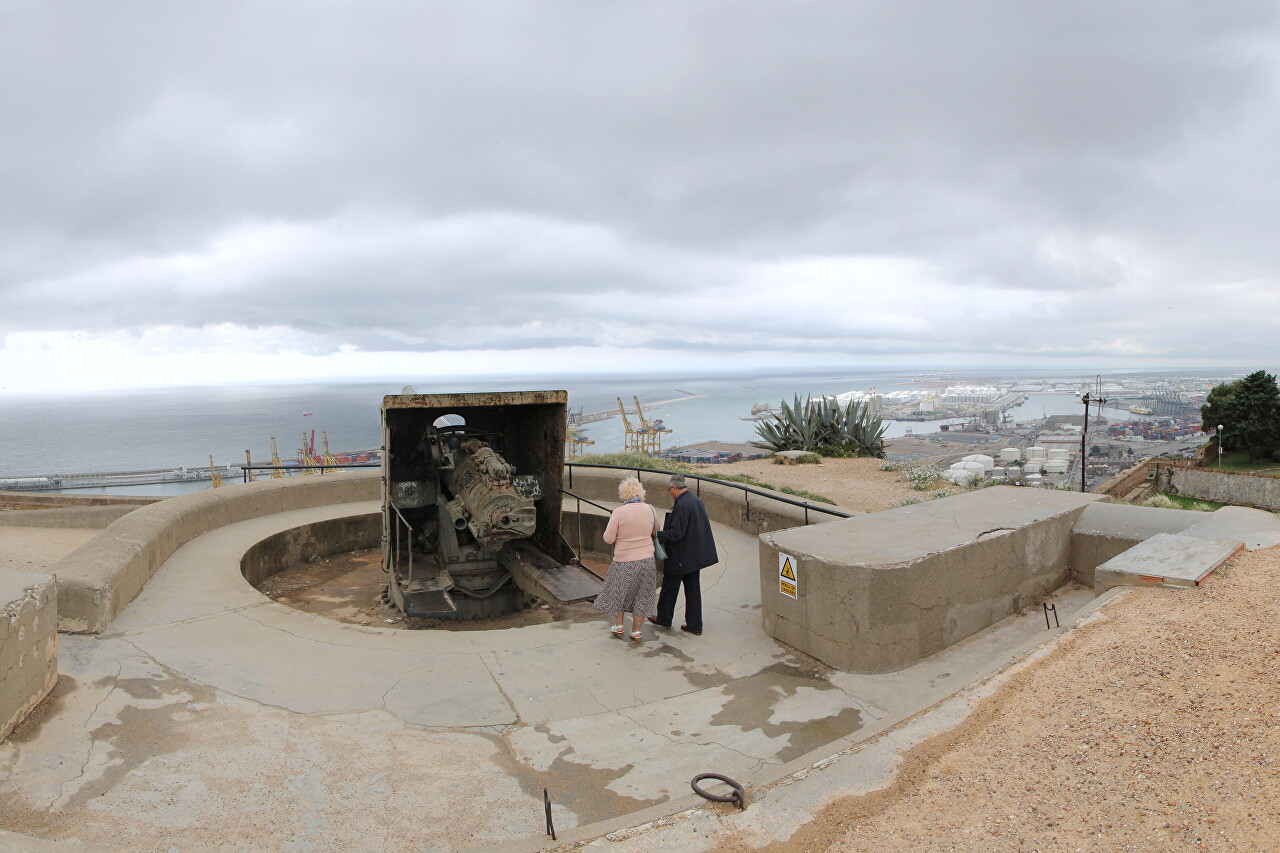
..
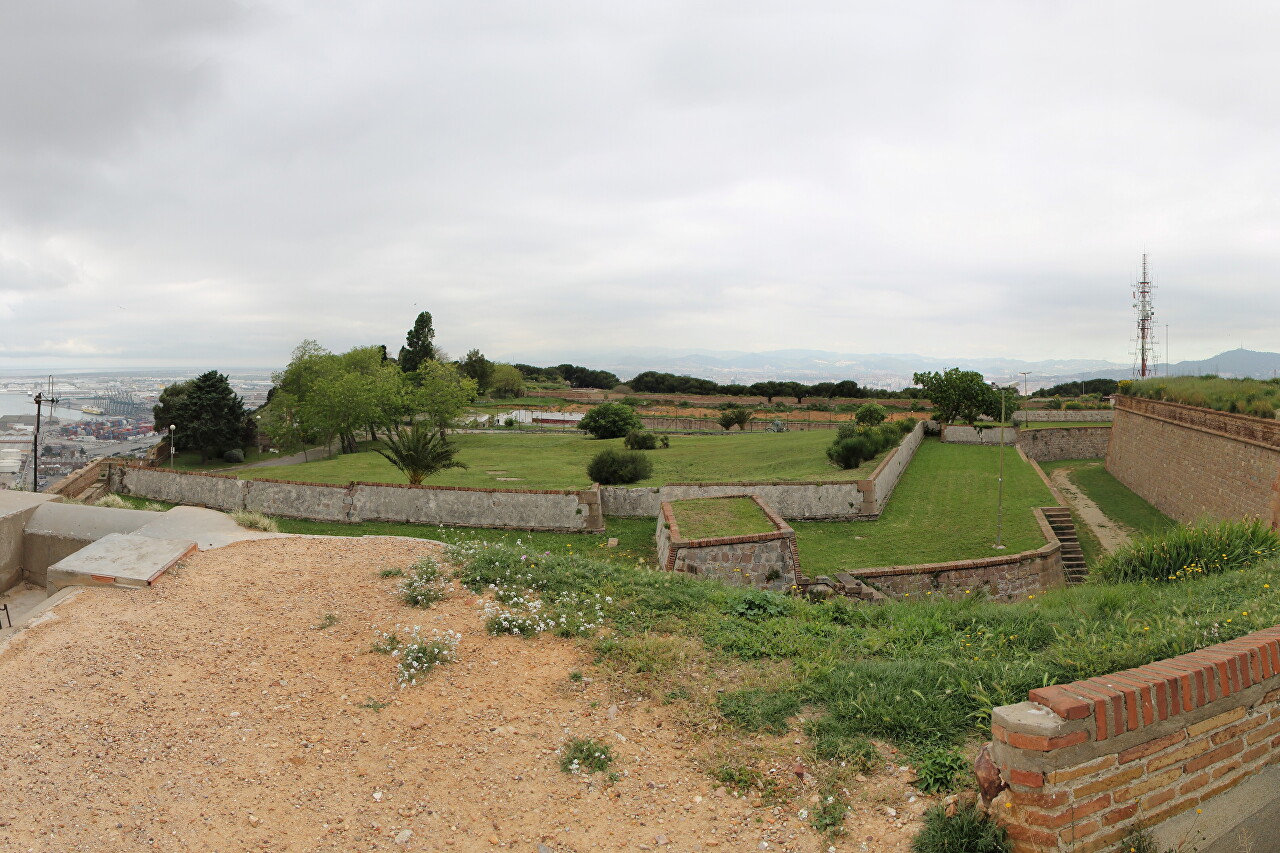
..
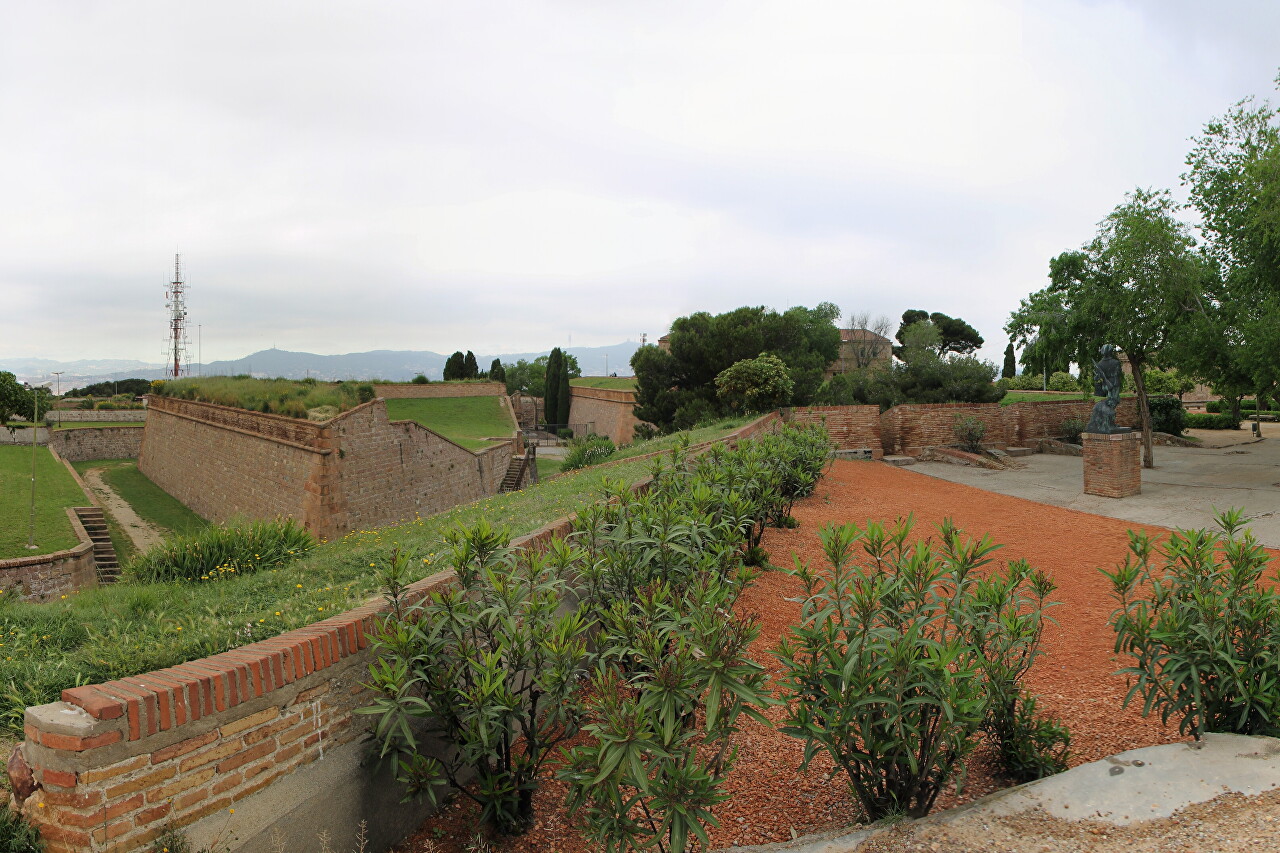
..
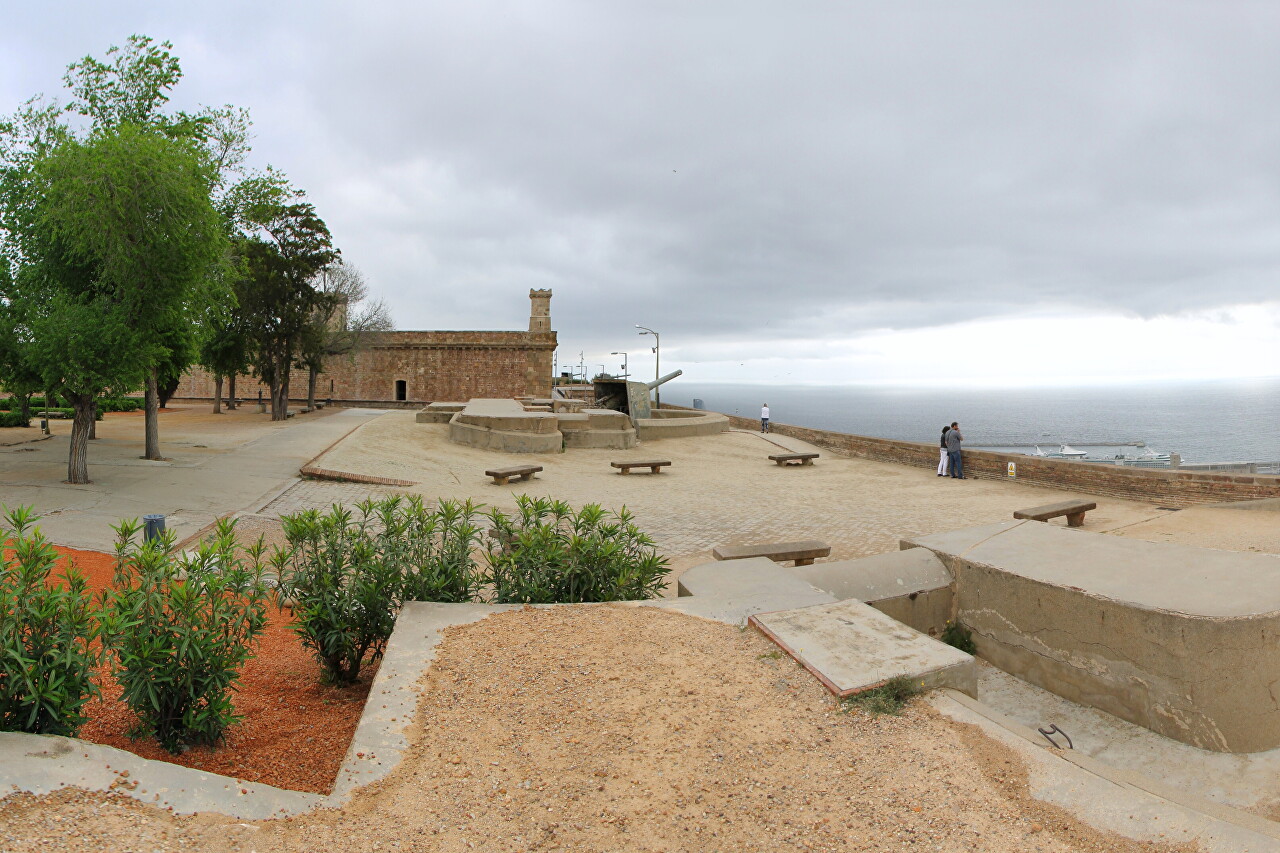
..
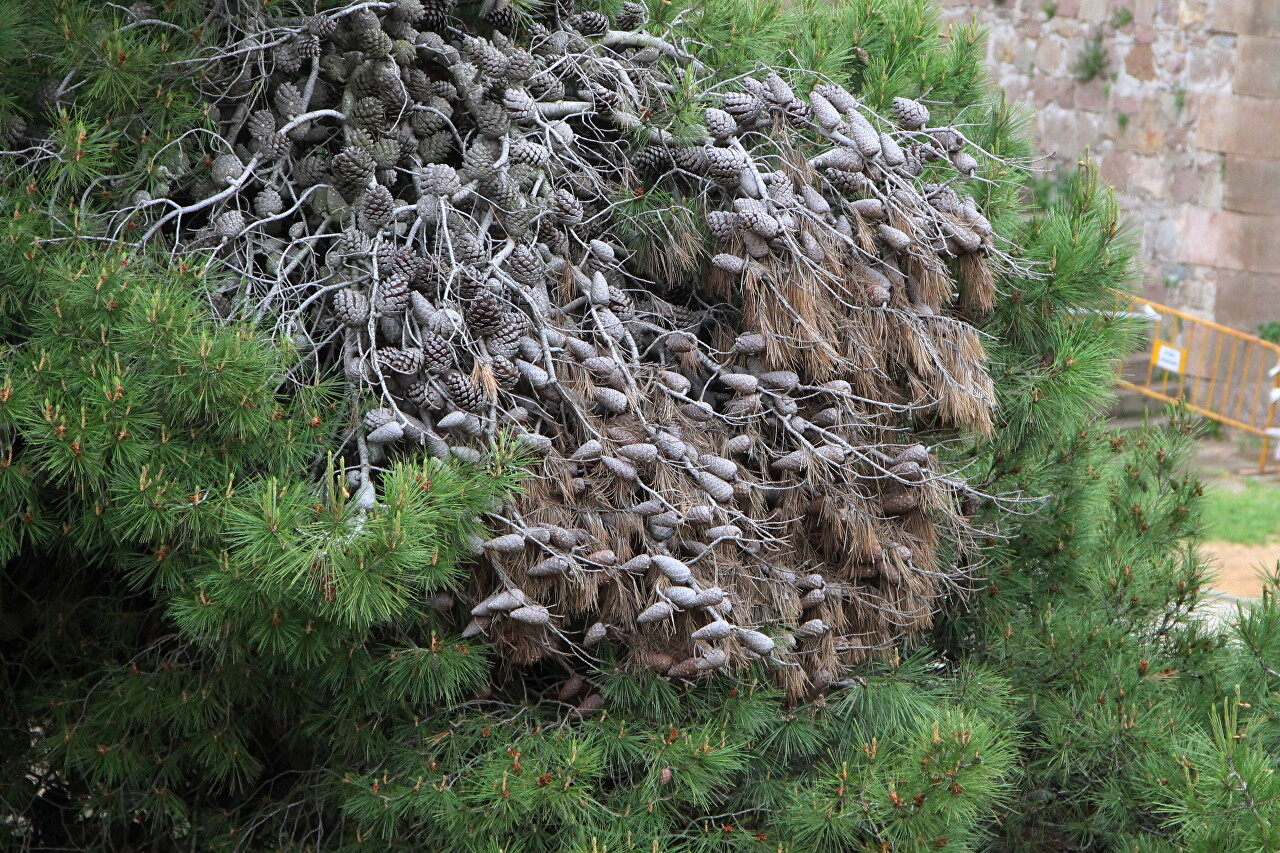
..
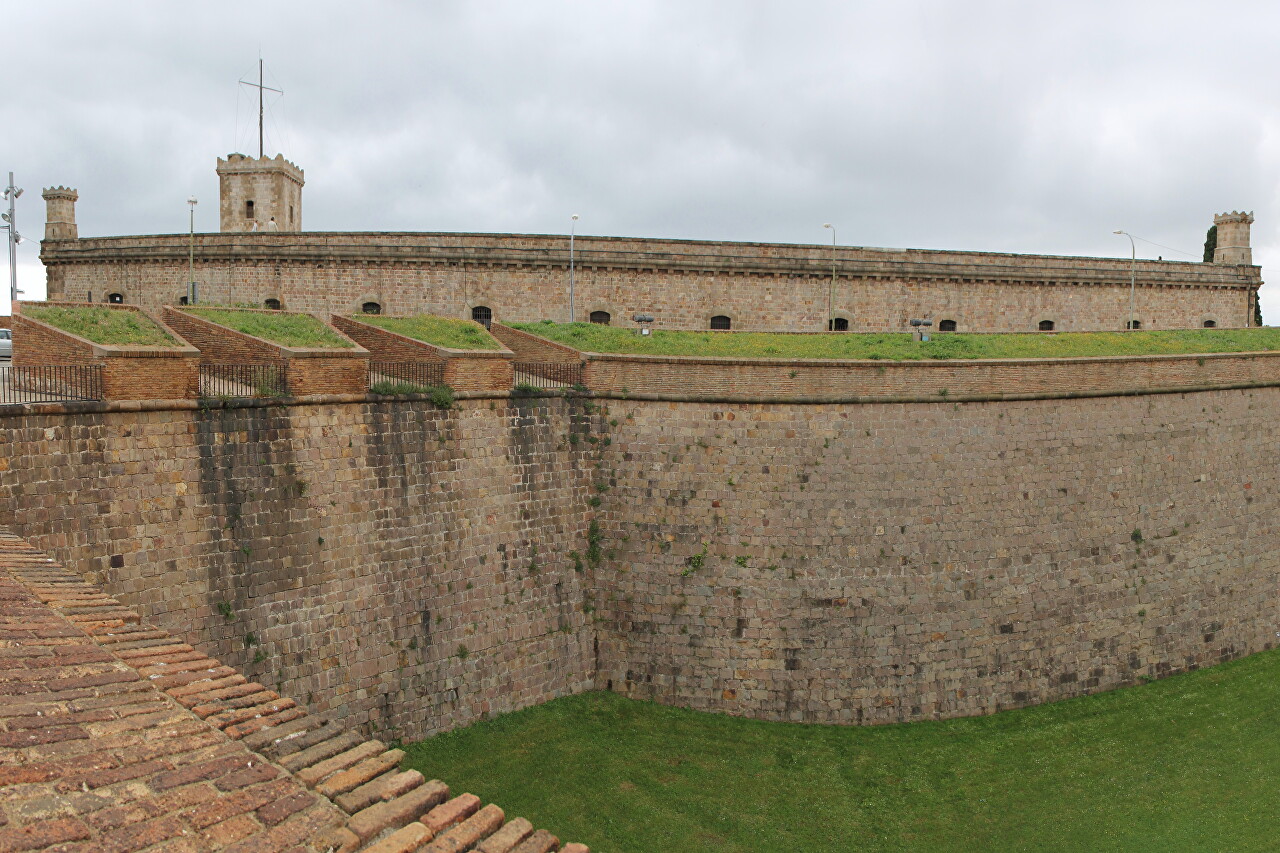
..
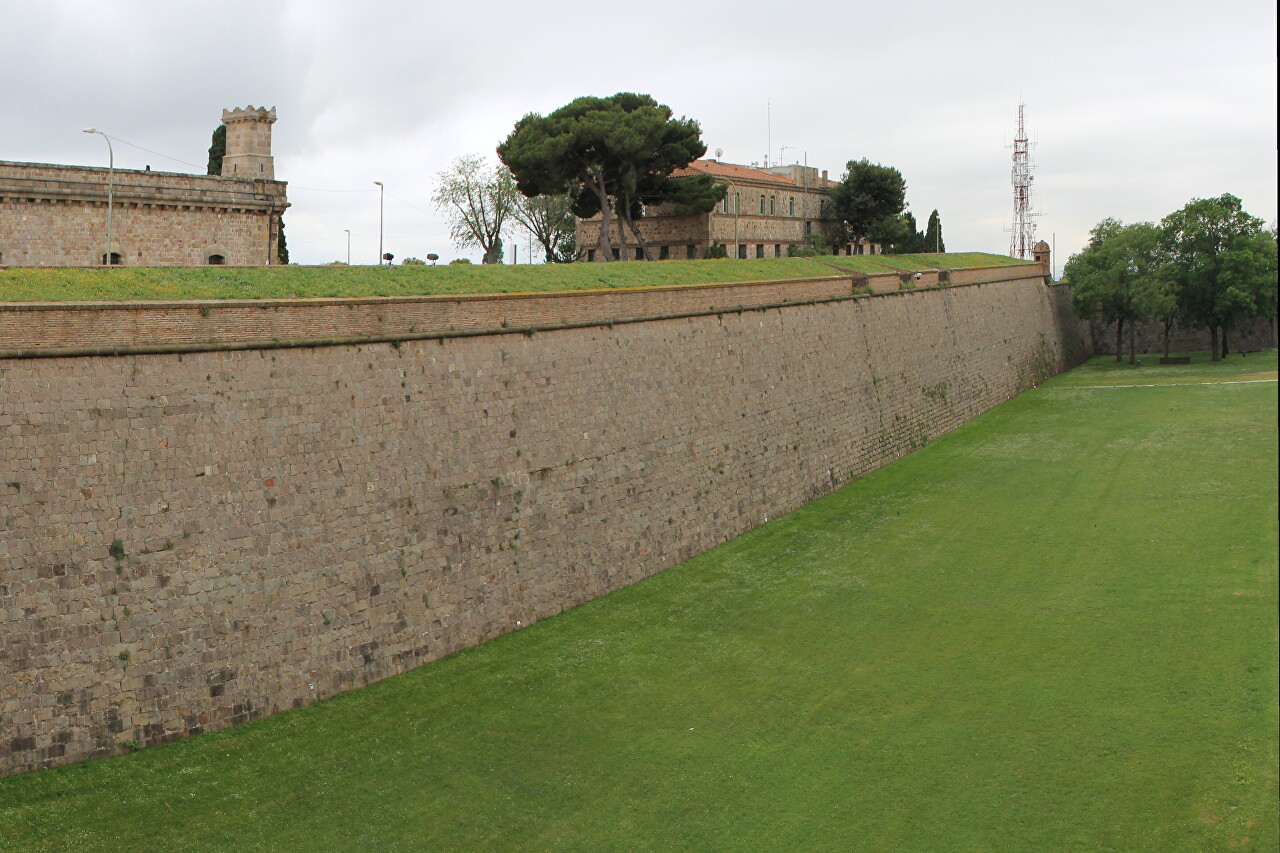
..
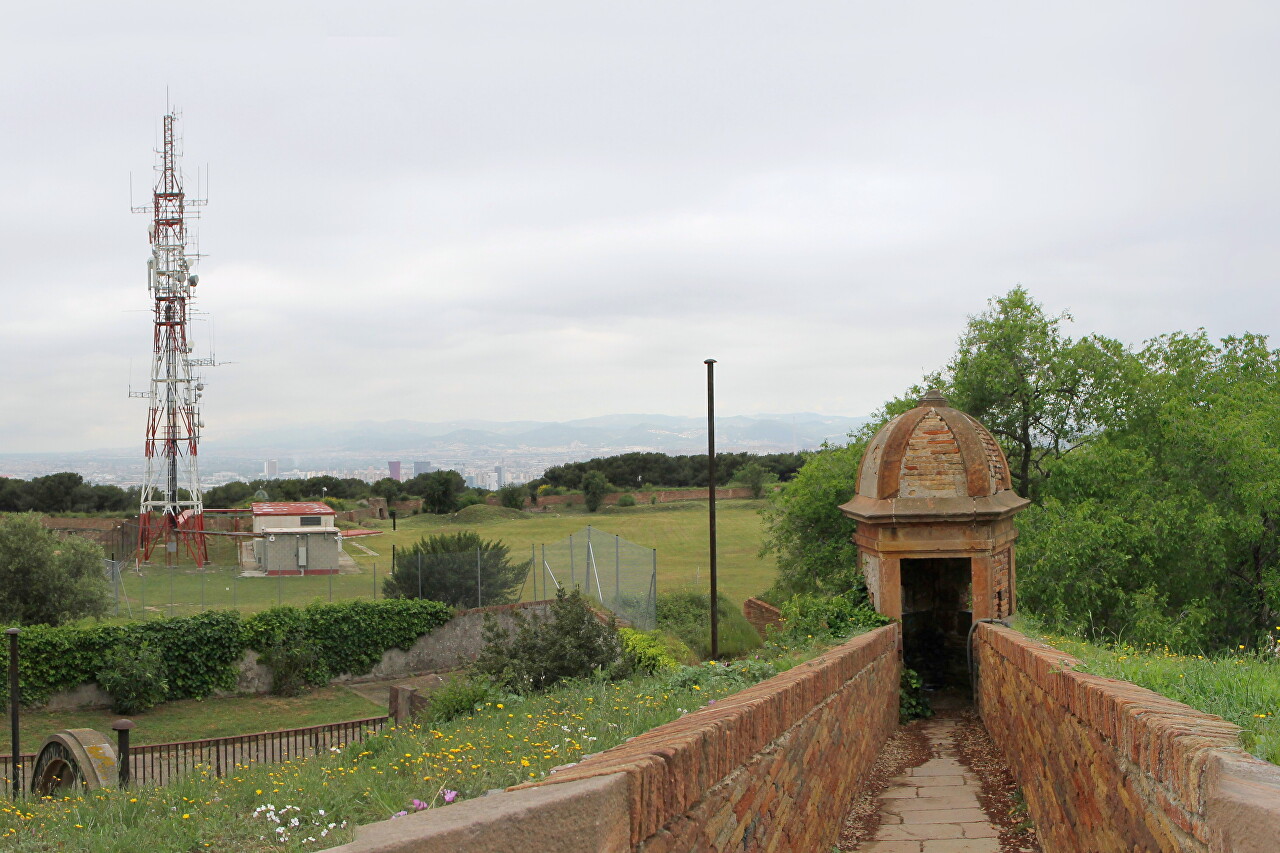
..
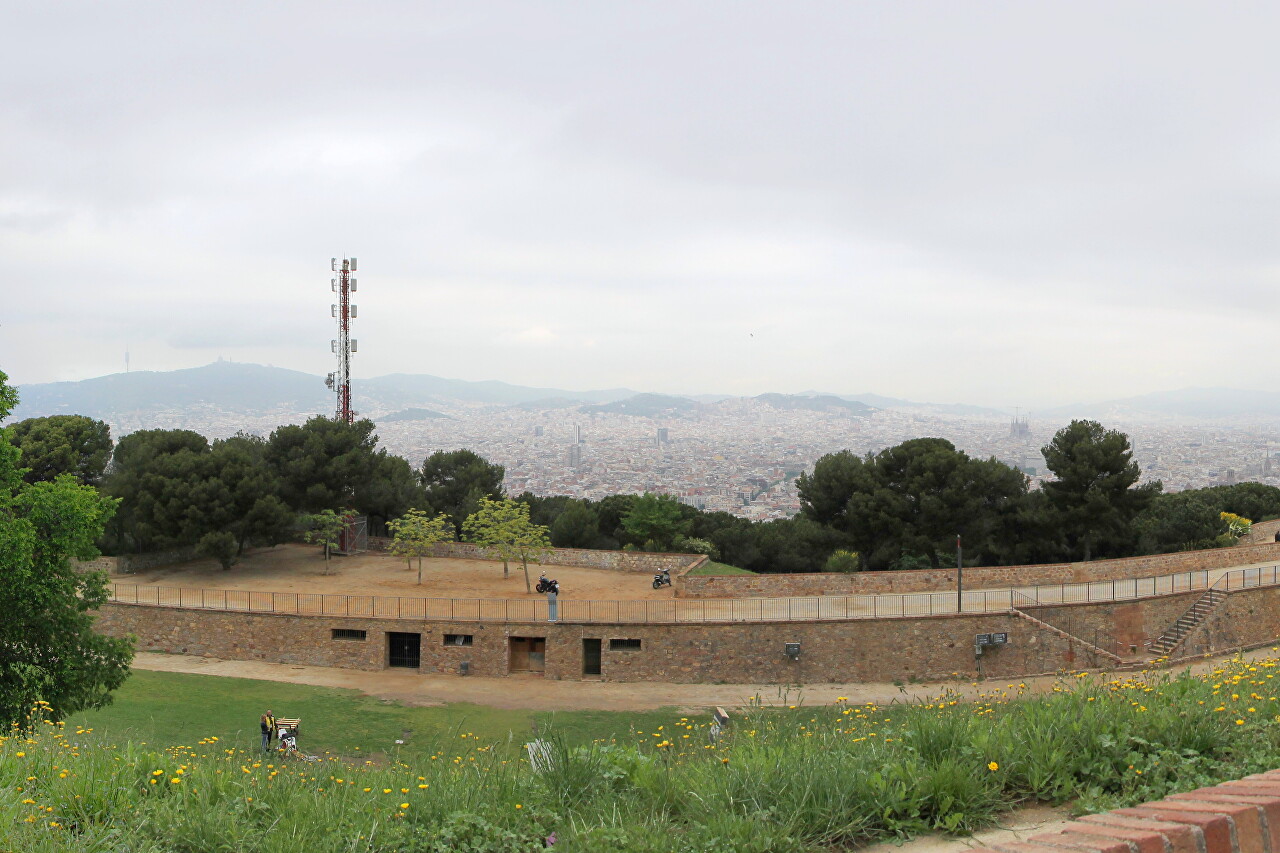
..
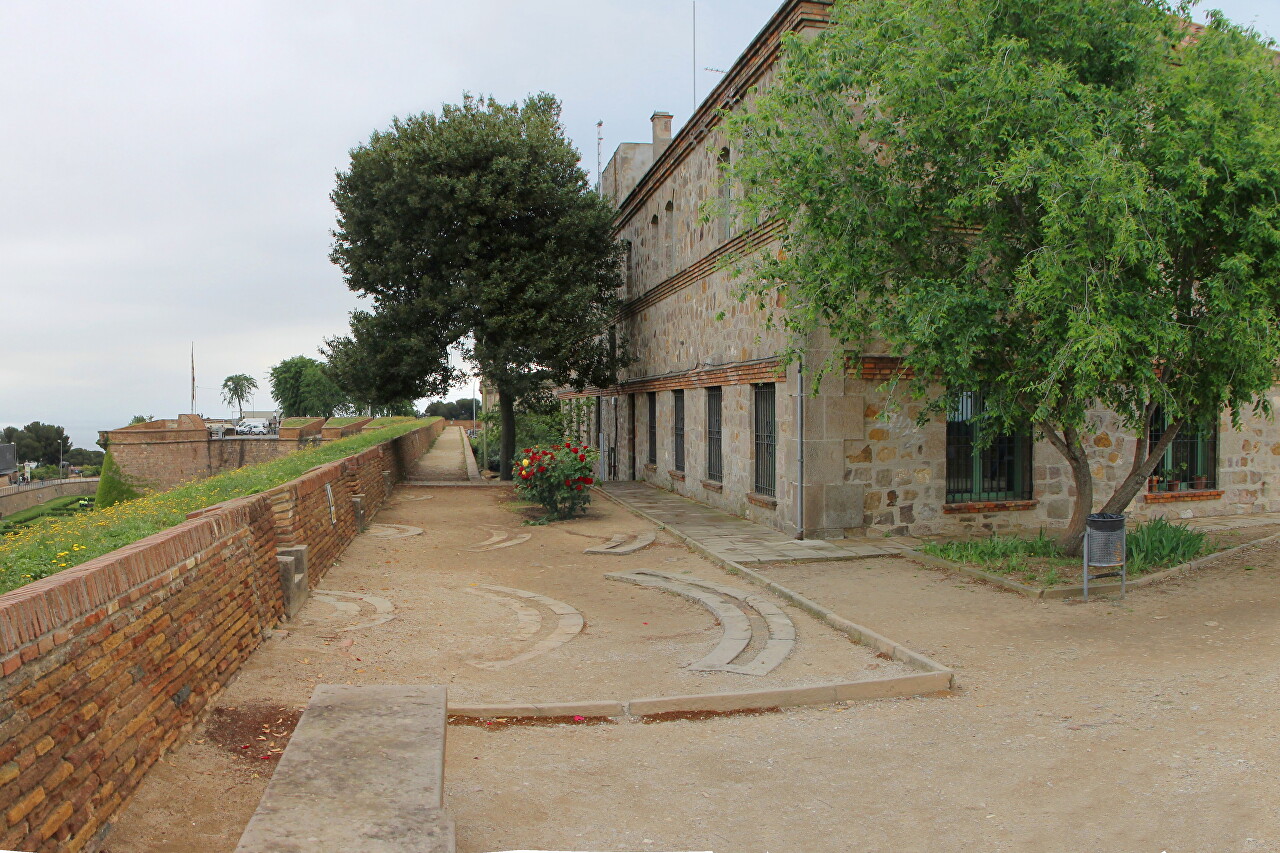
..
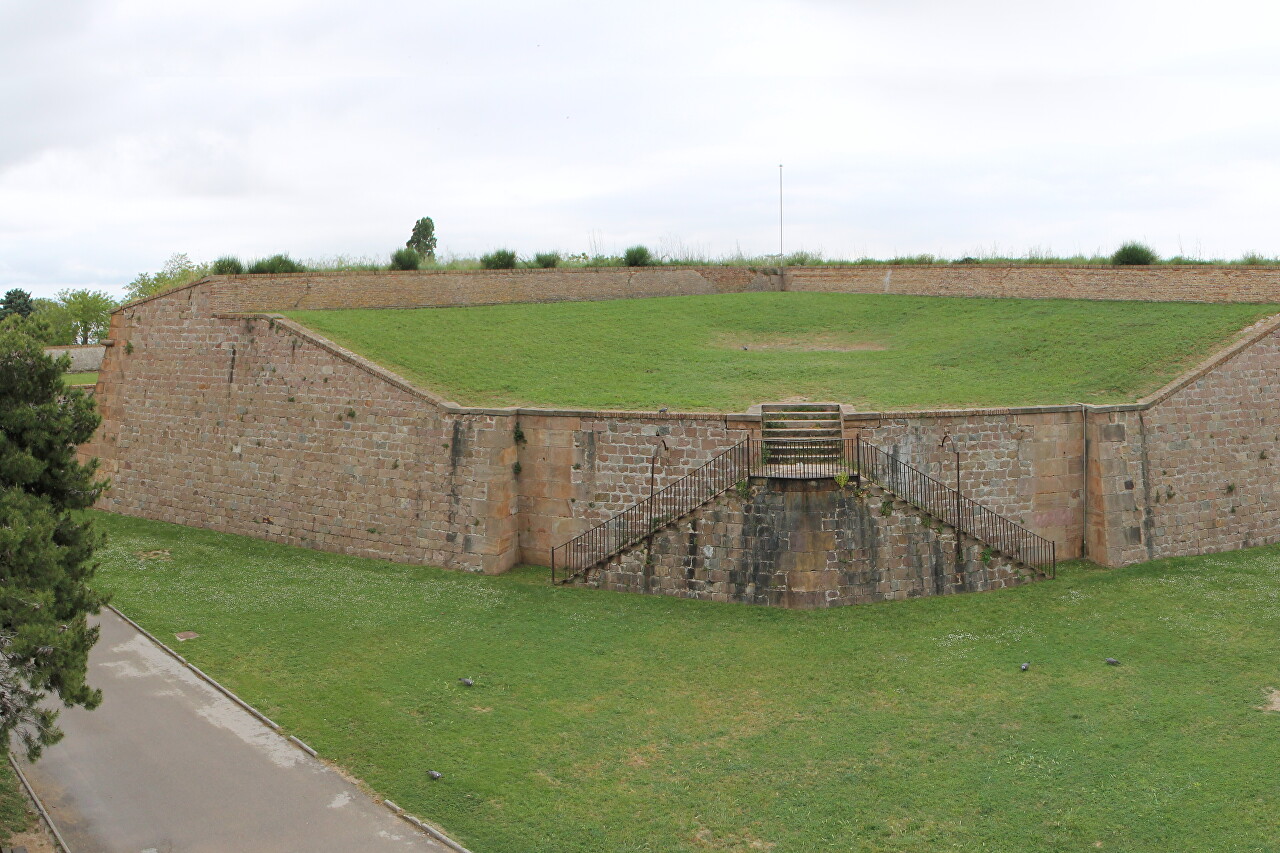
..
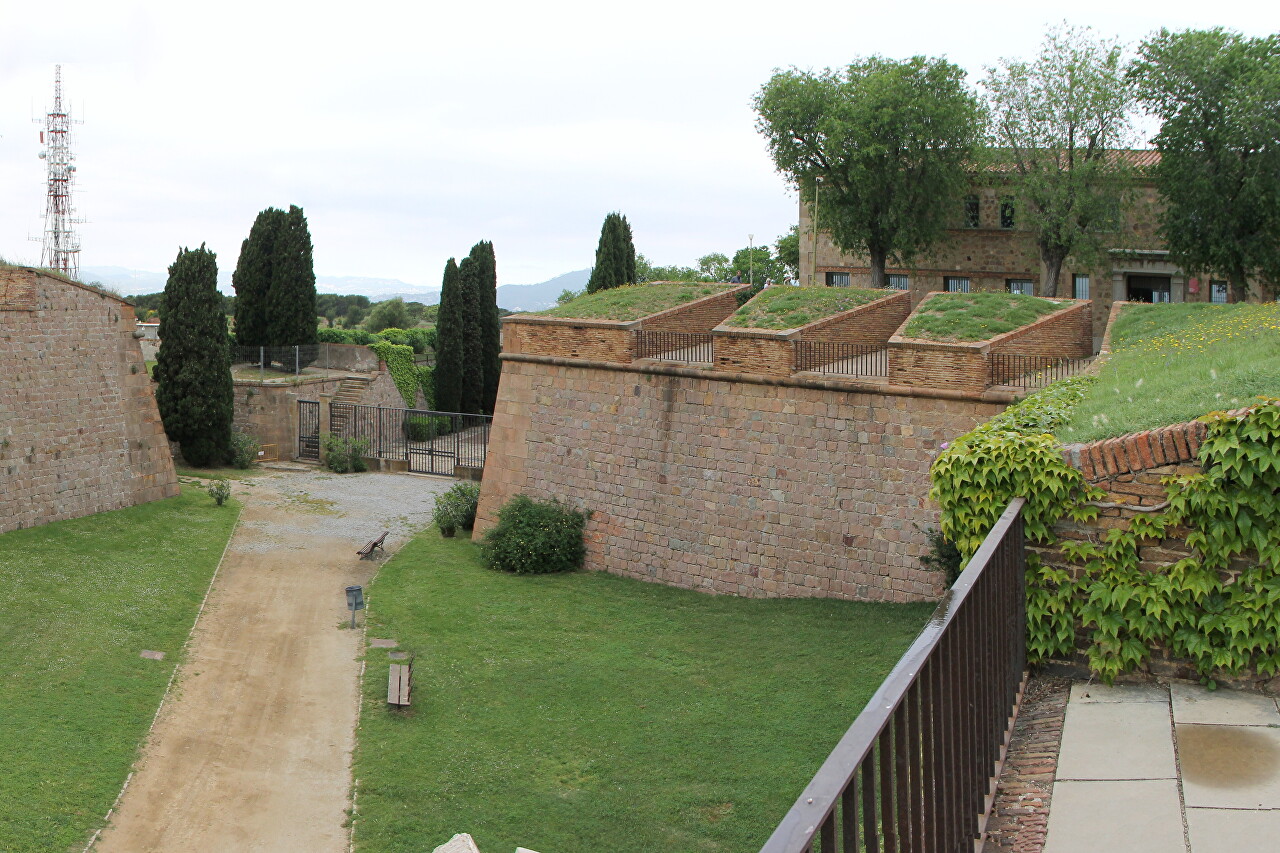
..
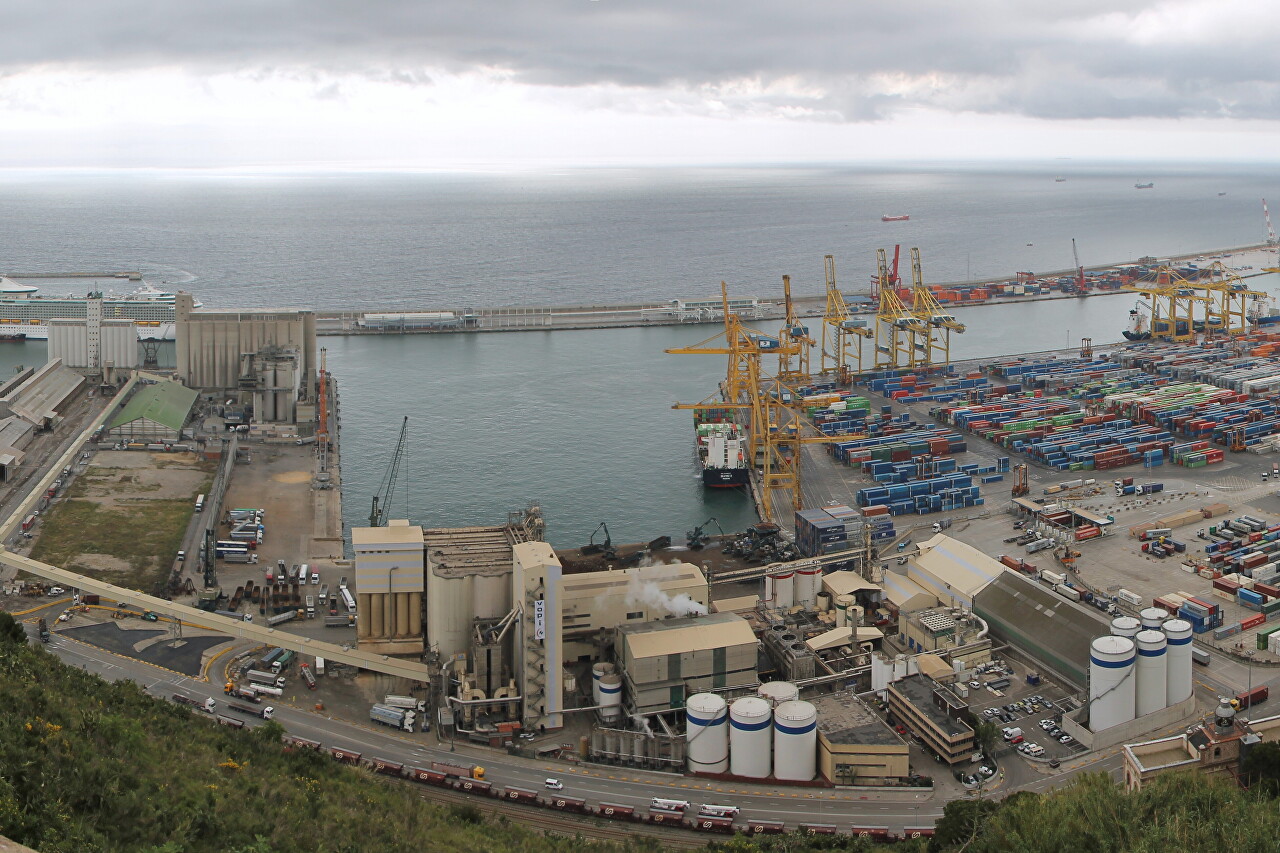
..
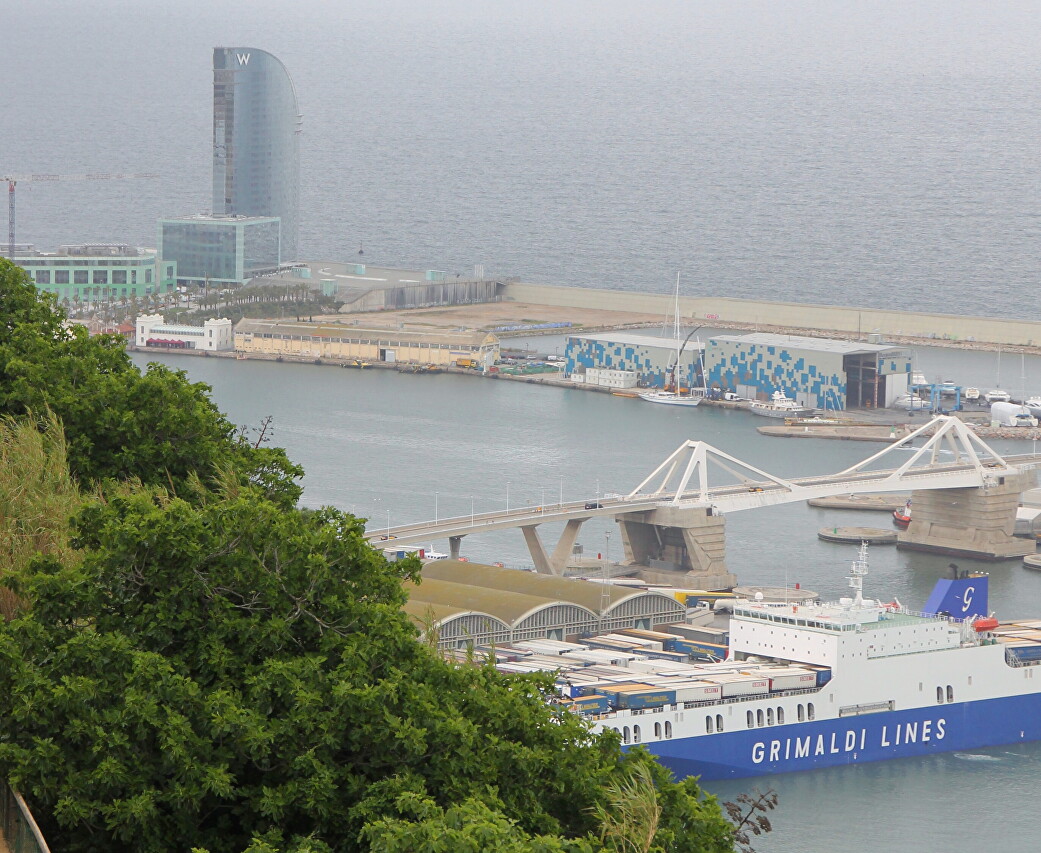
..
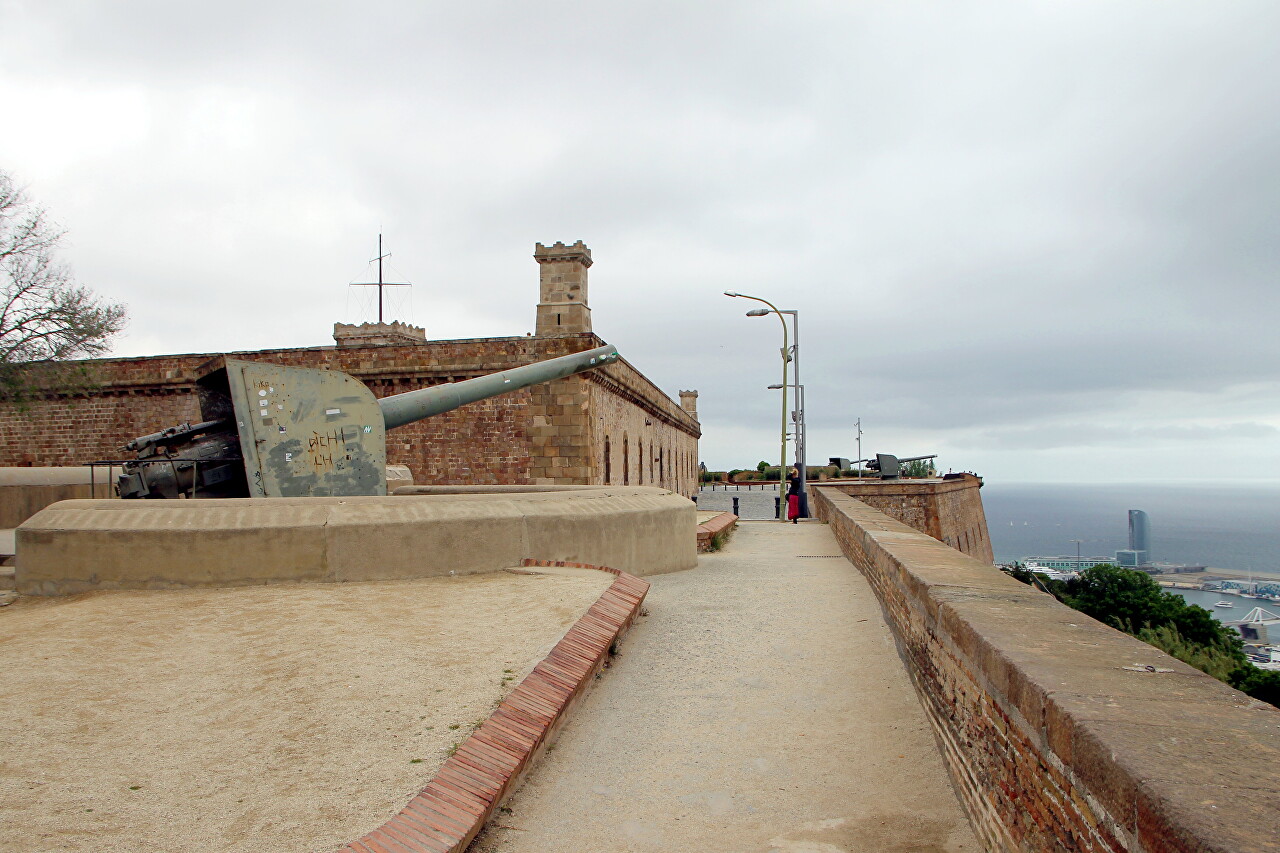
..
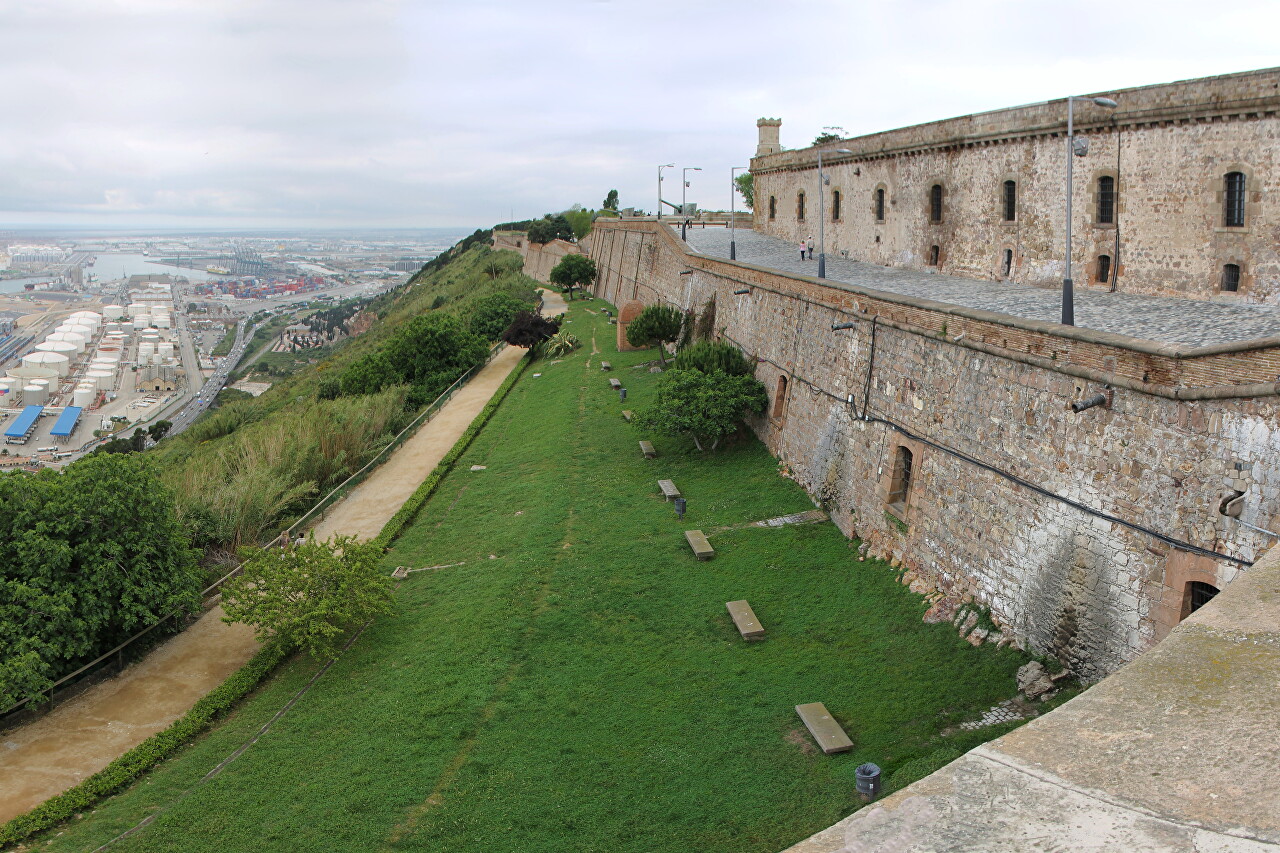
..
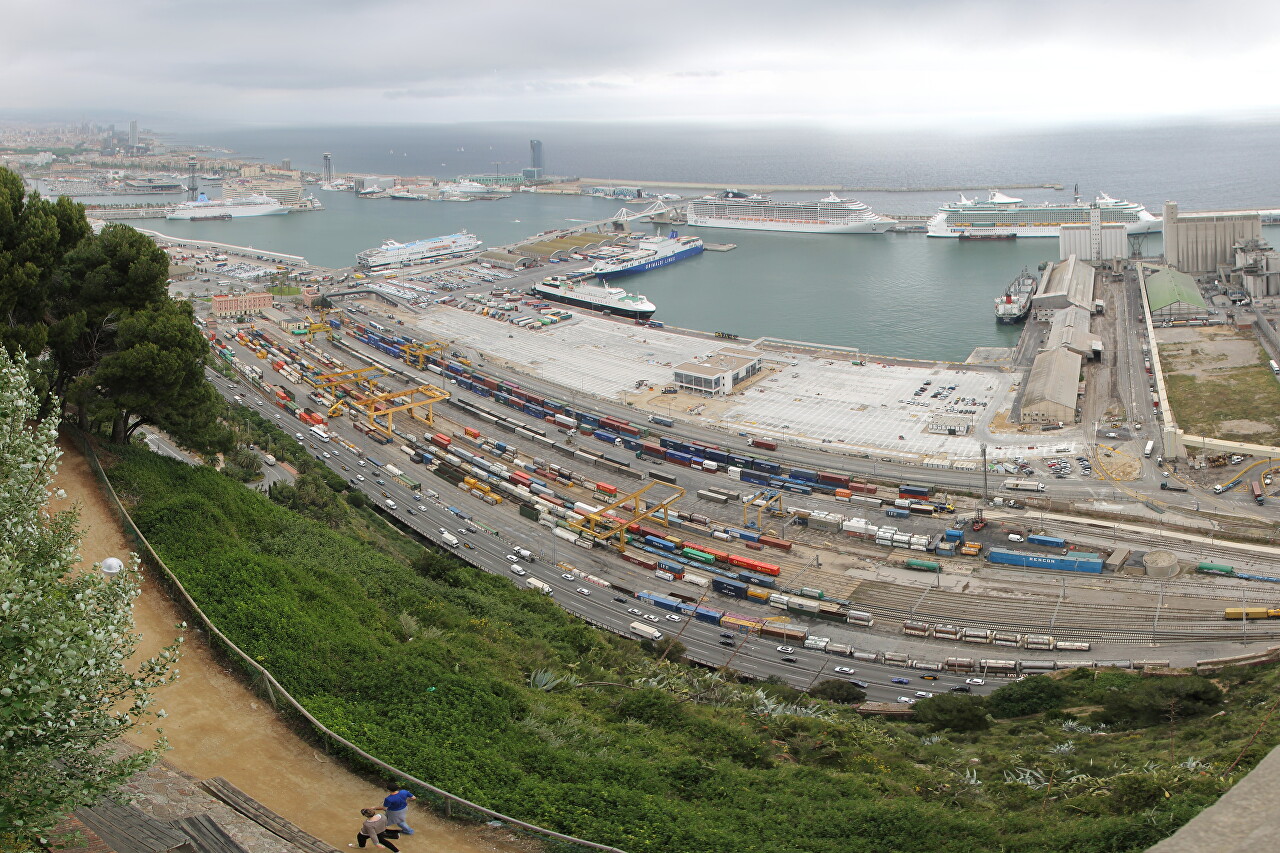
..
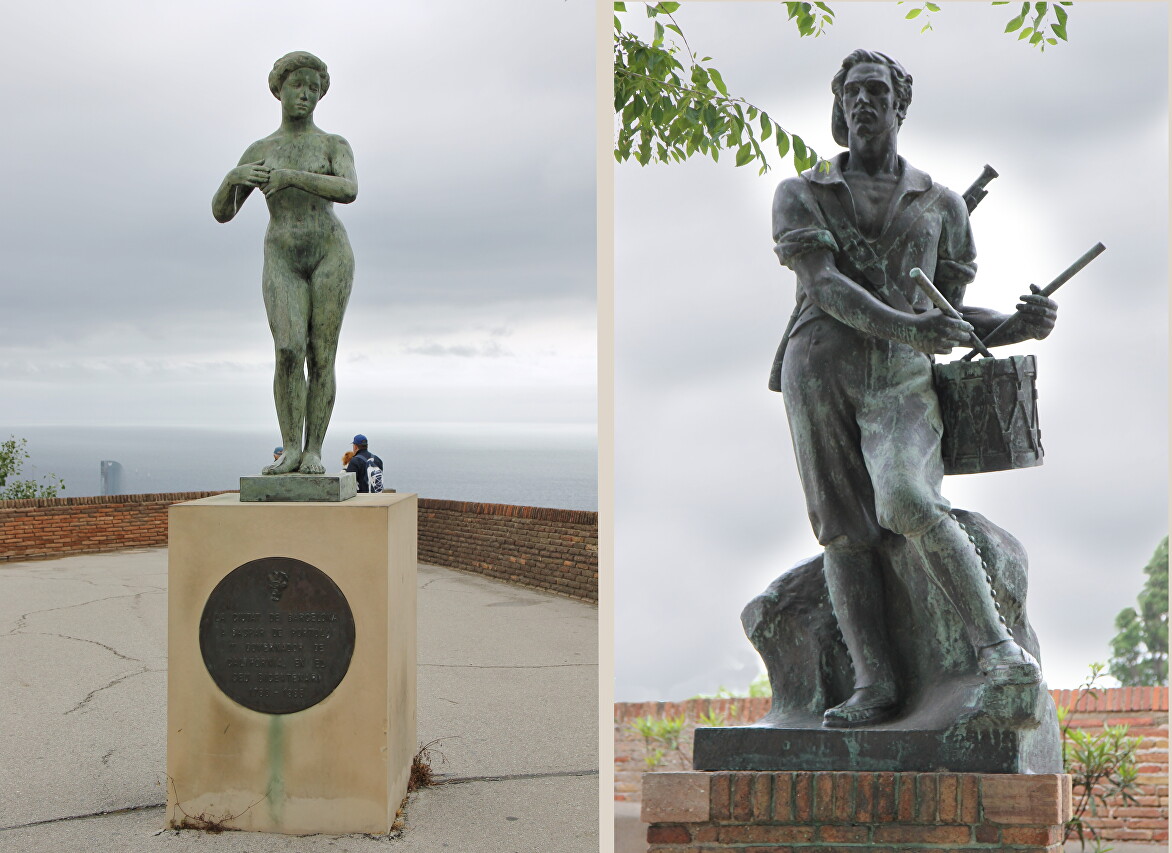
..
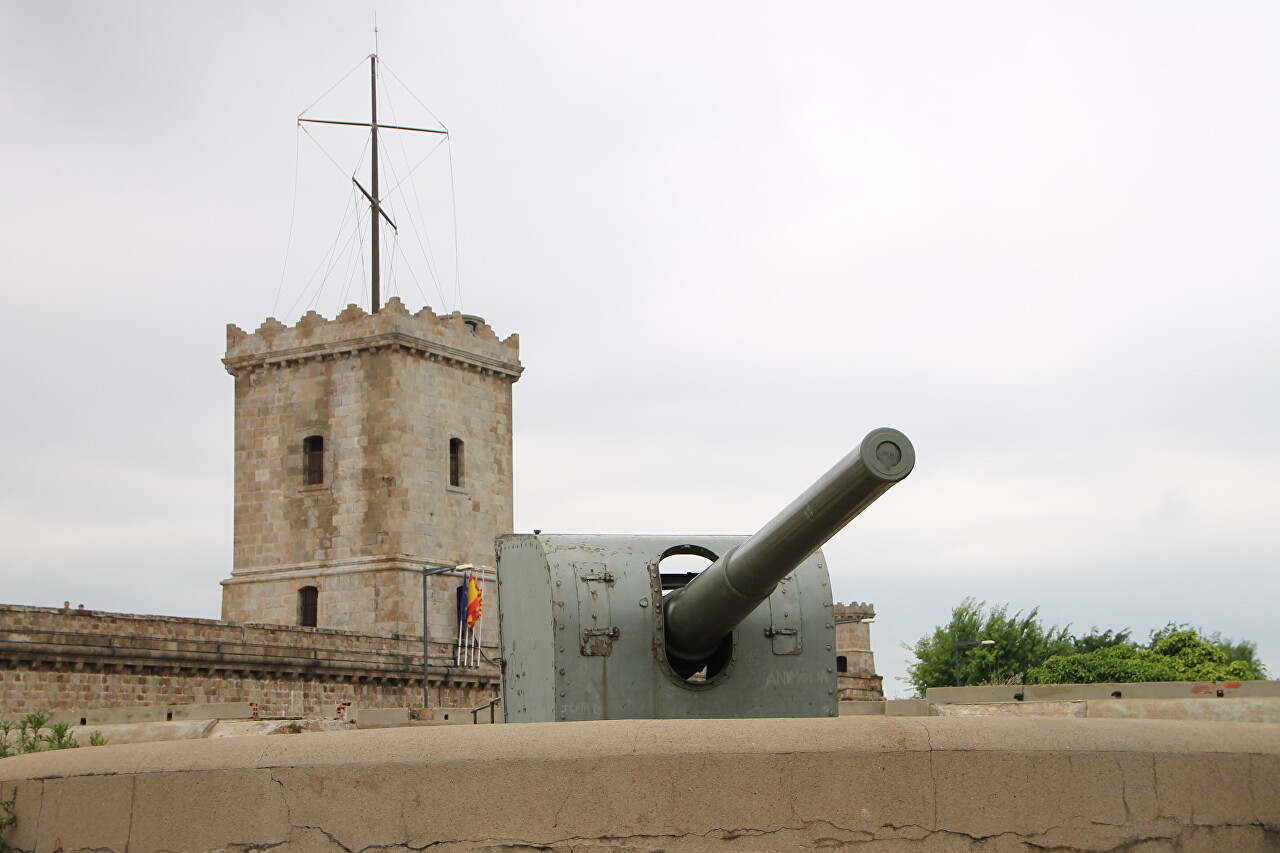
..
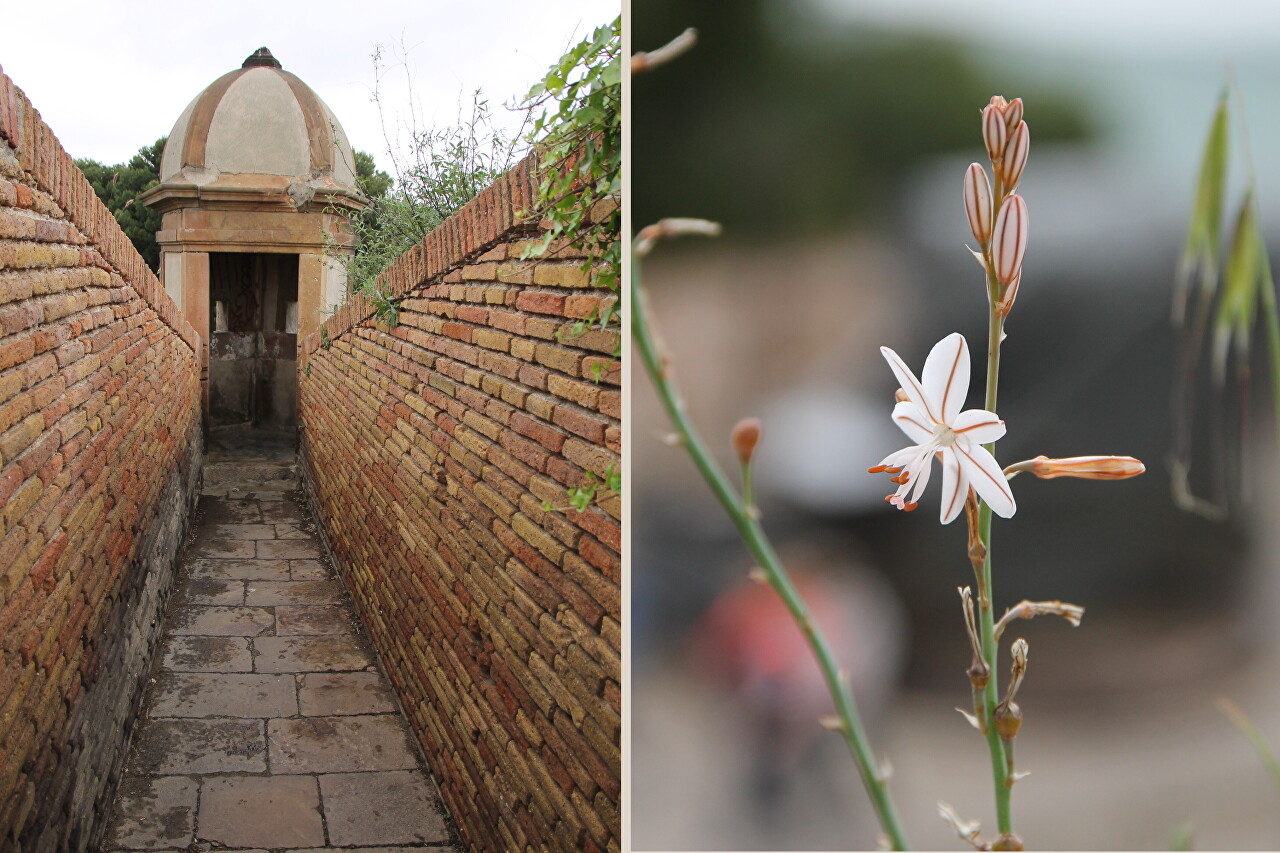
..
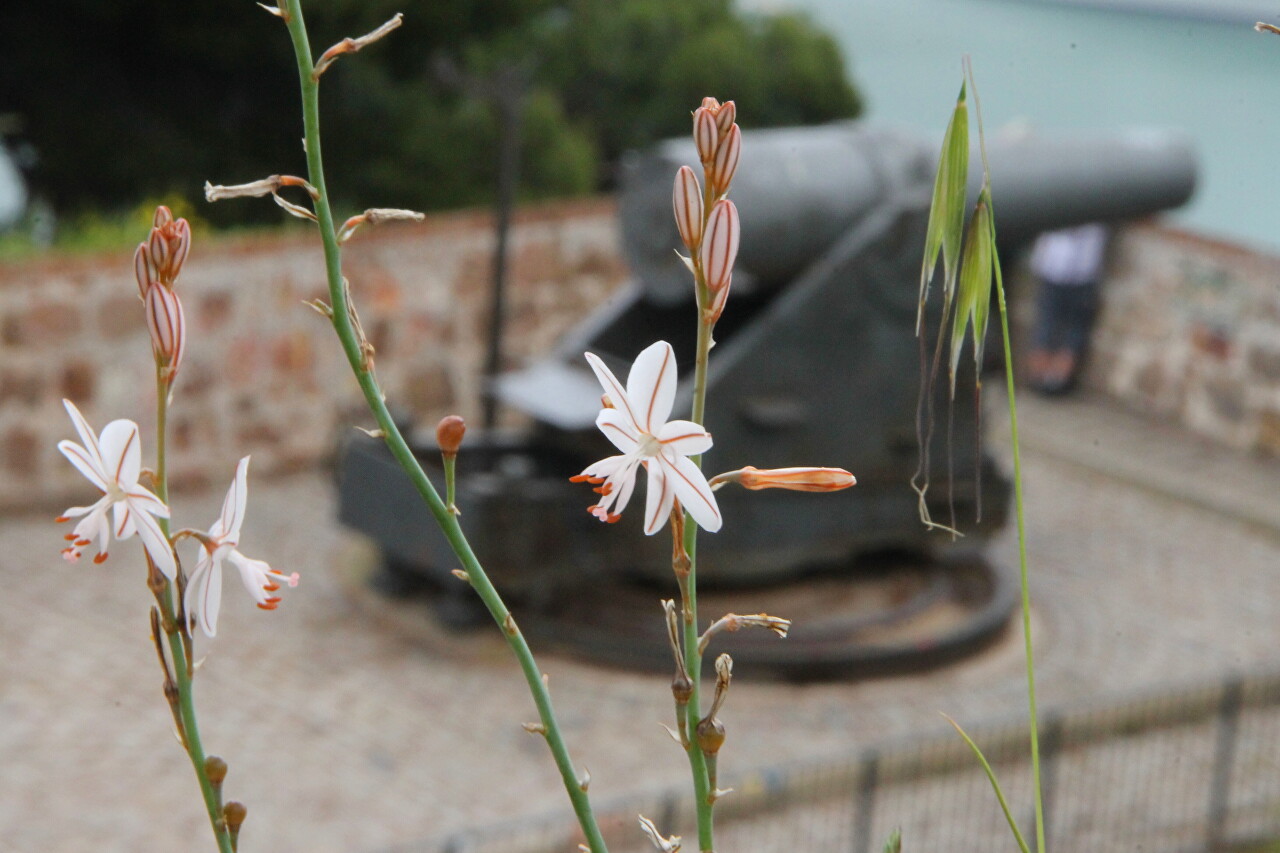
..
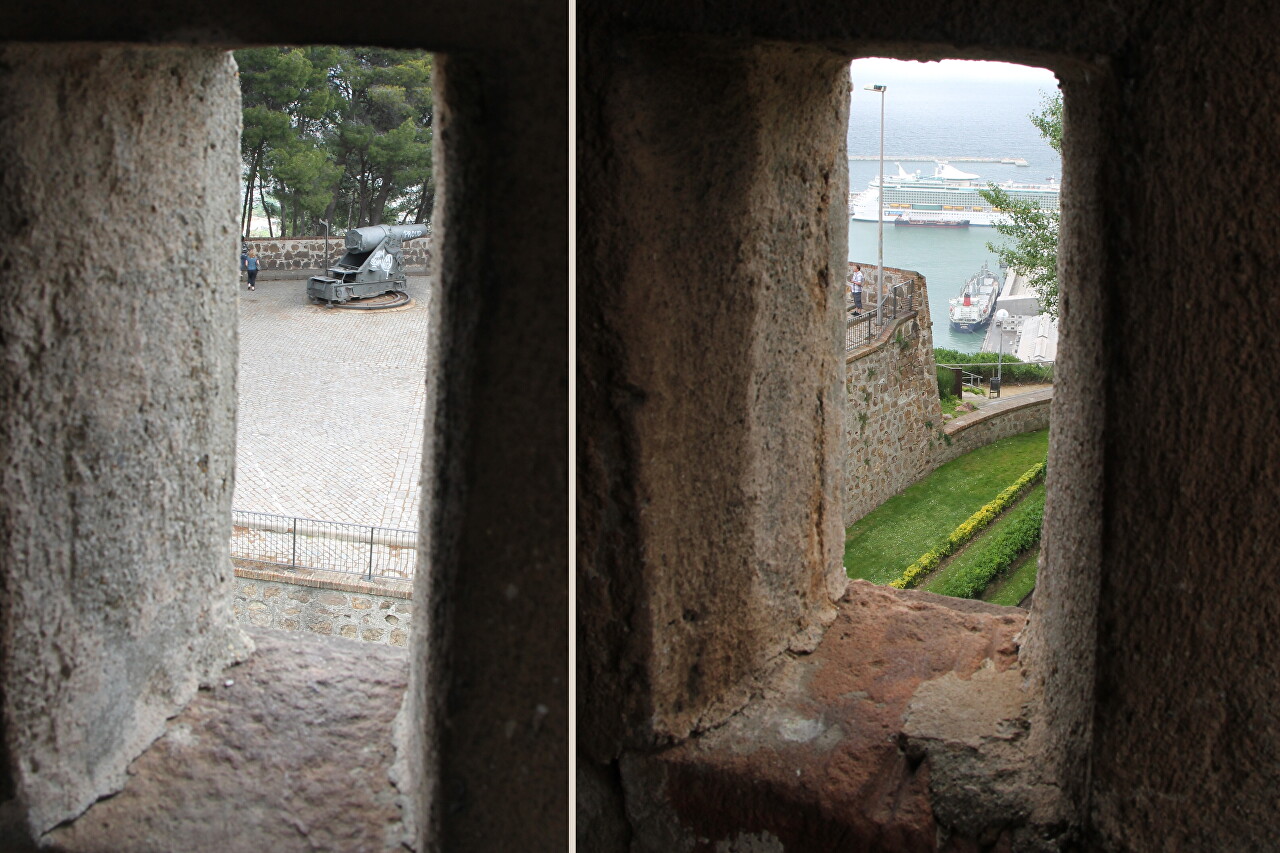
..
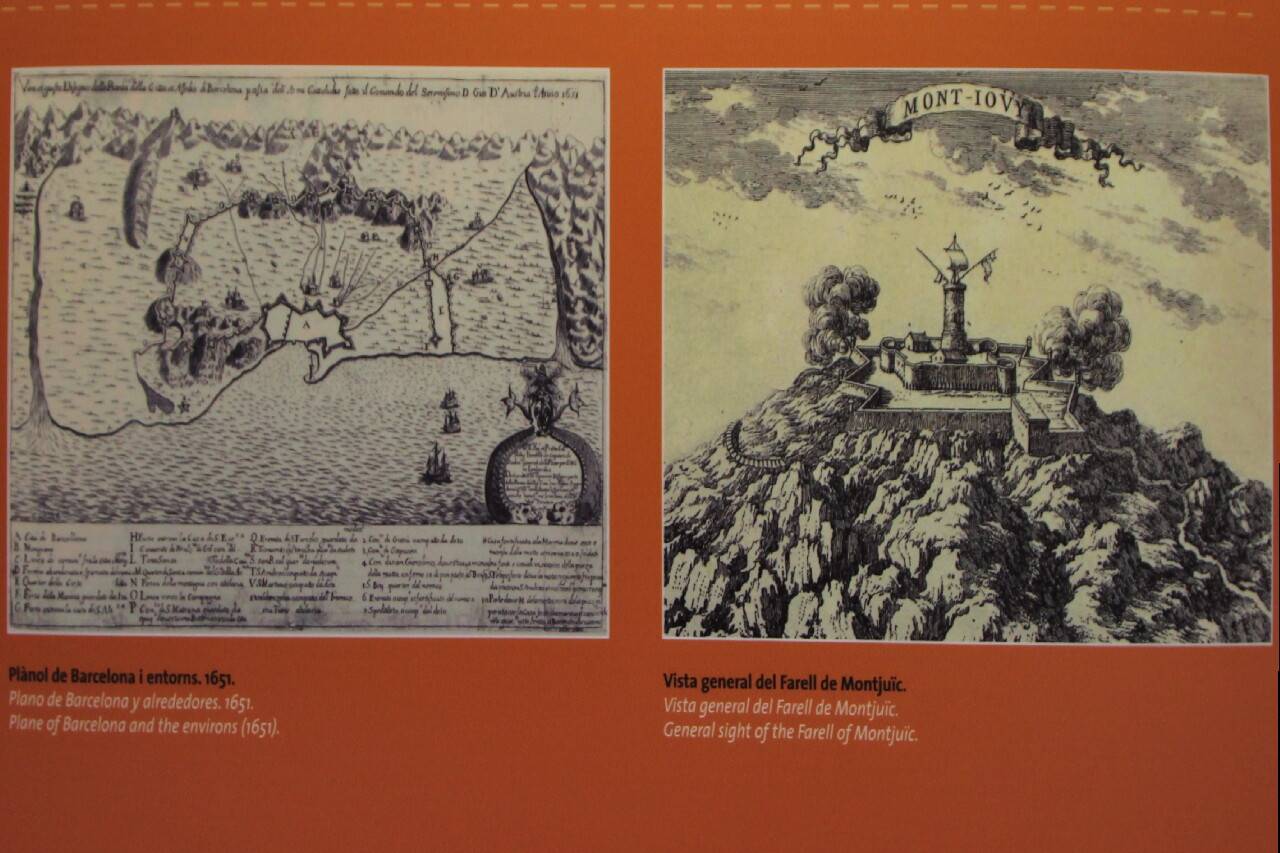
..
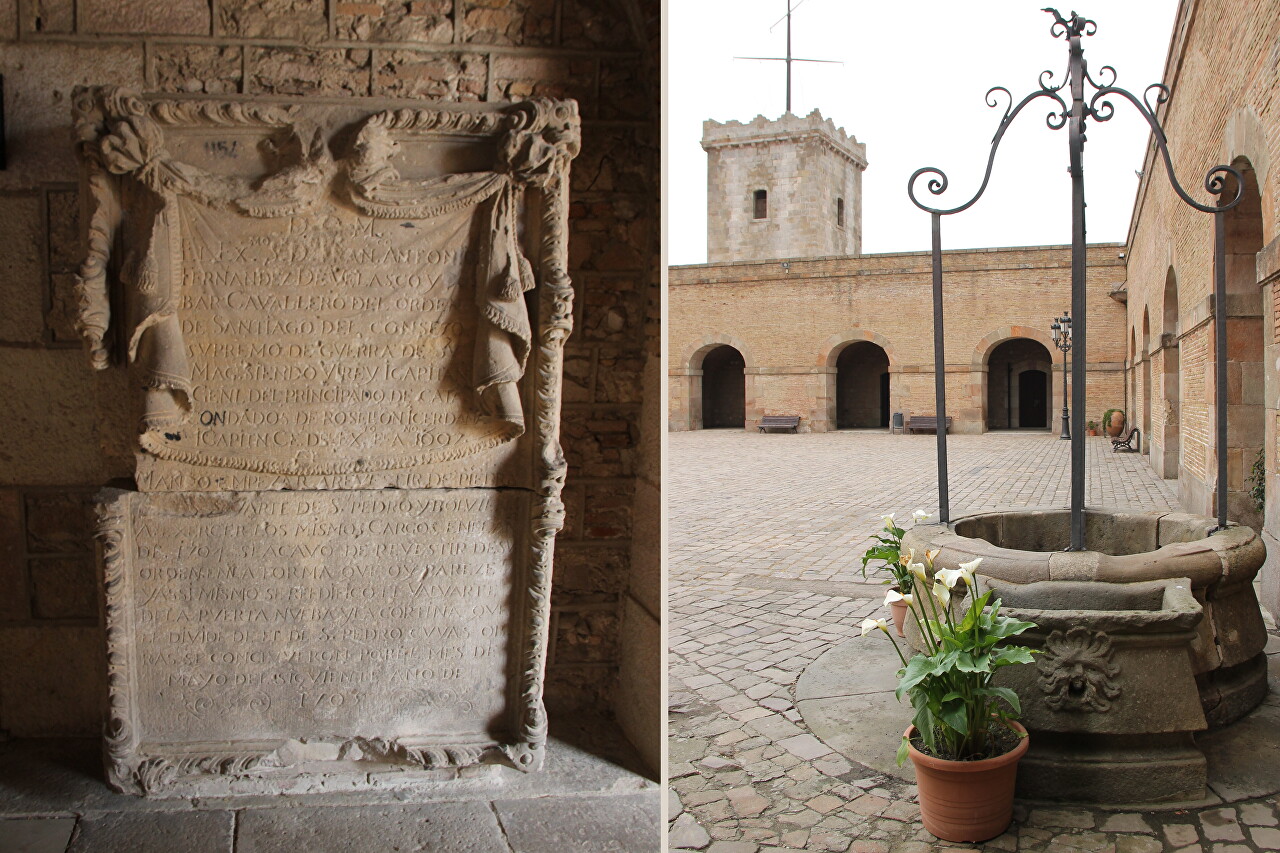
..
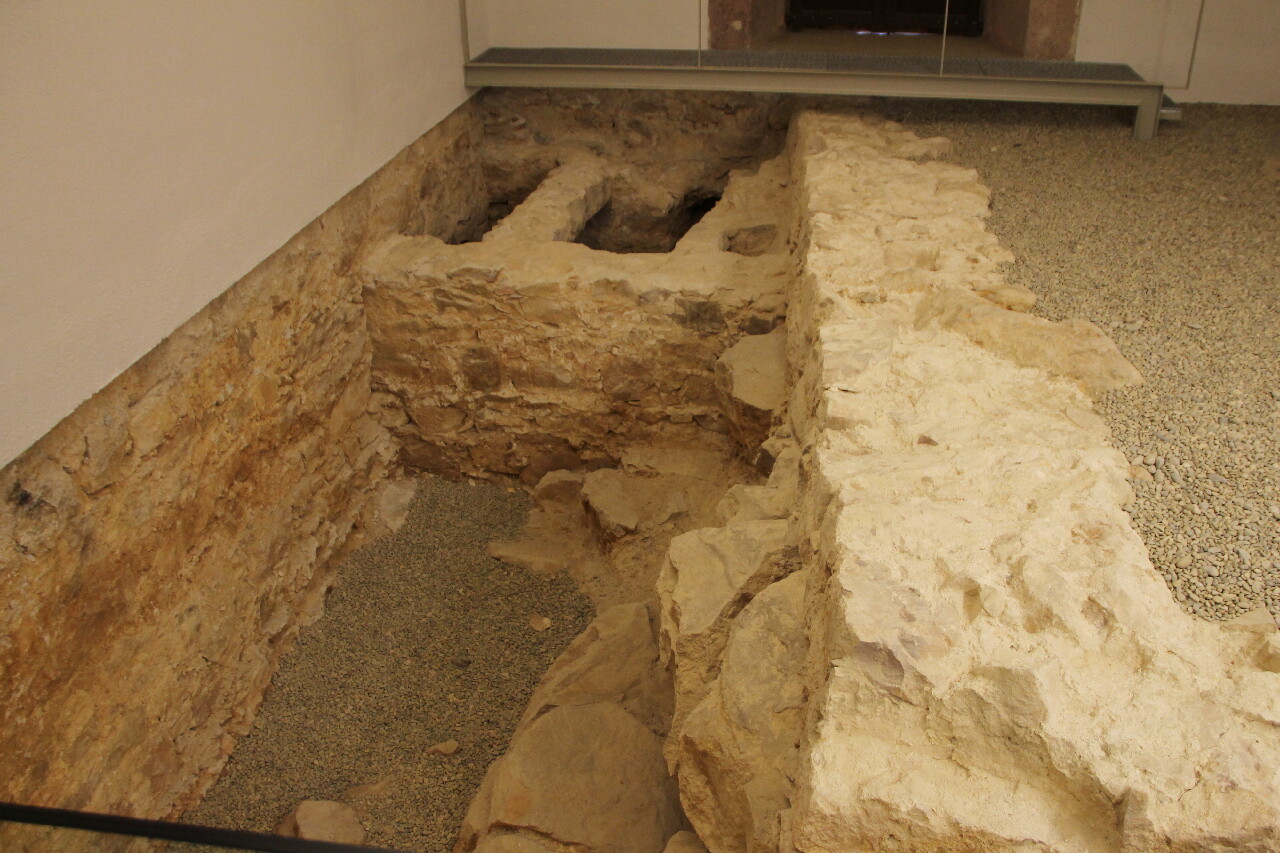
..
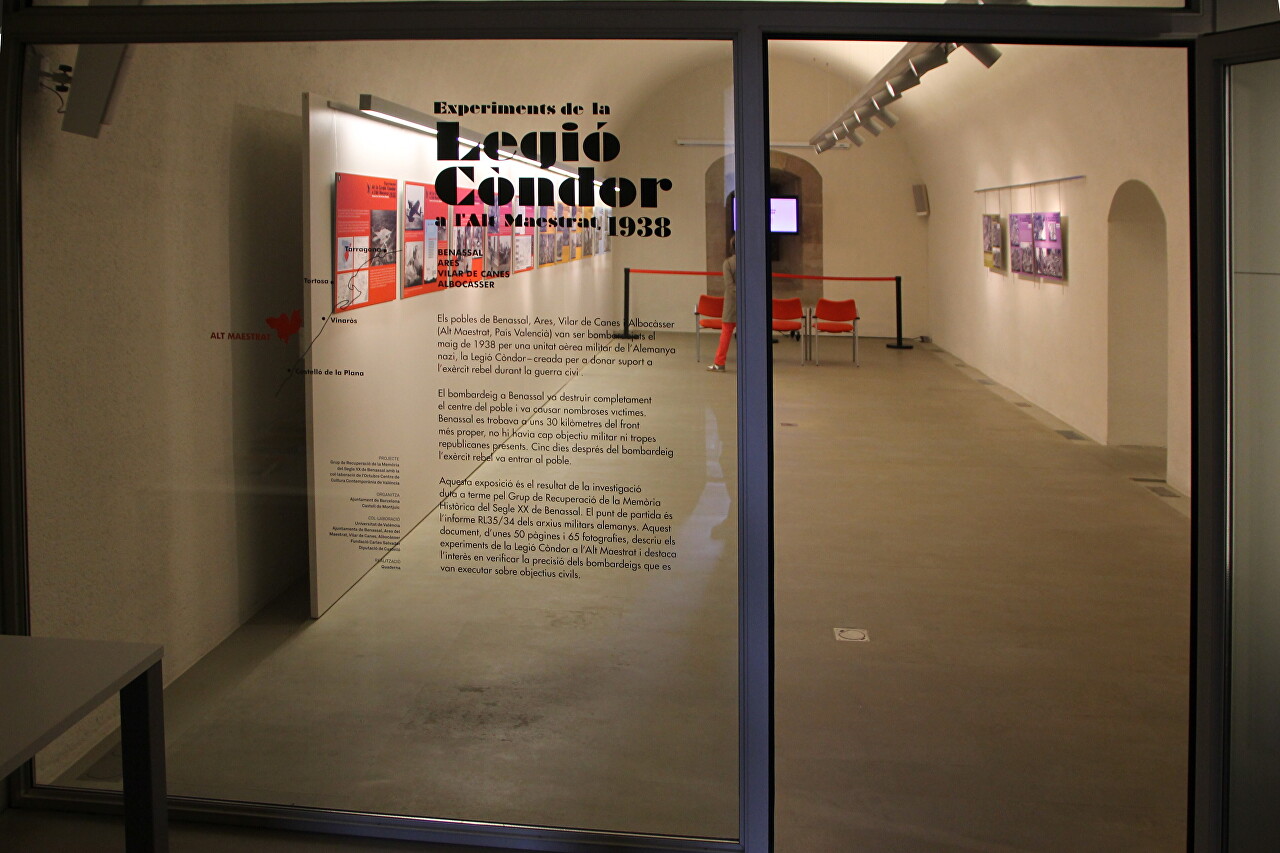
..
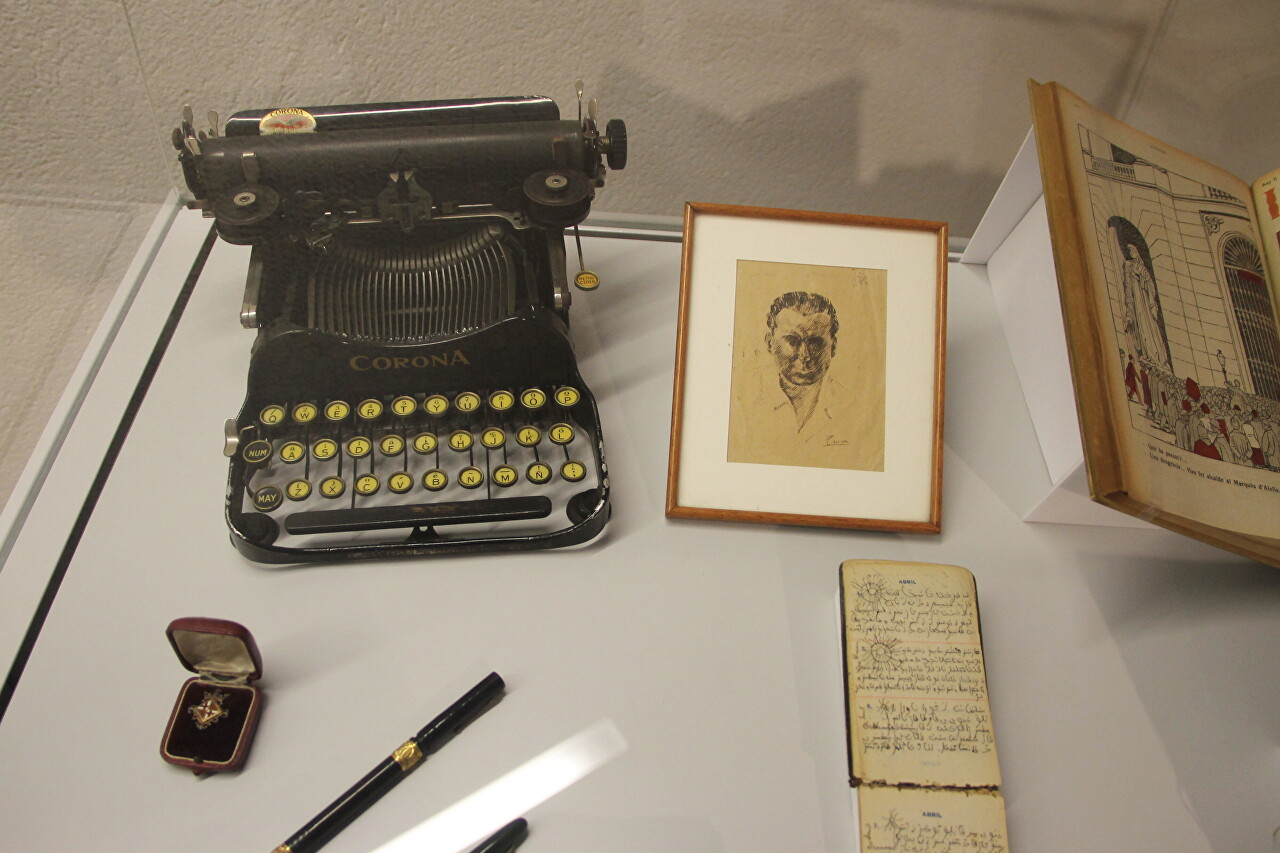
..
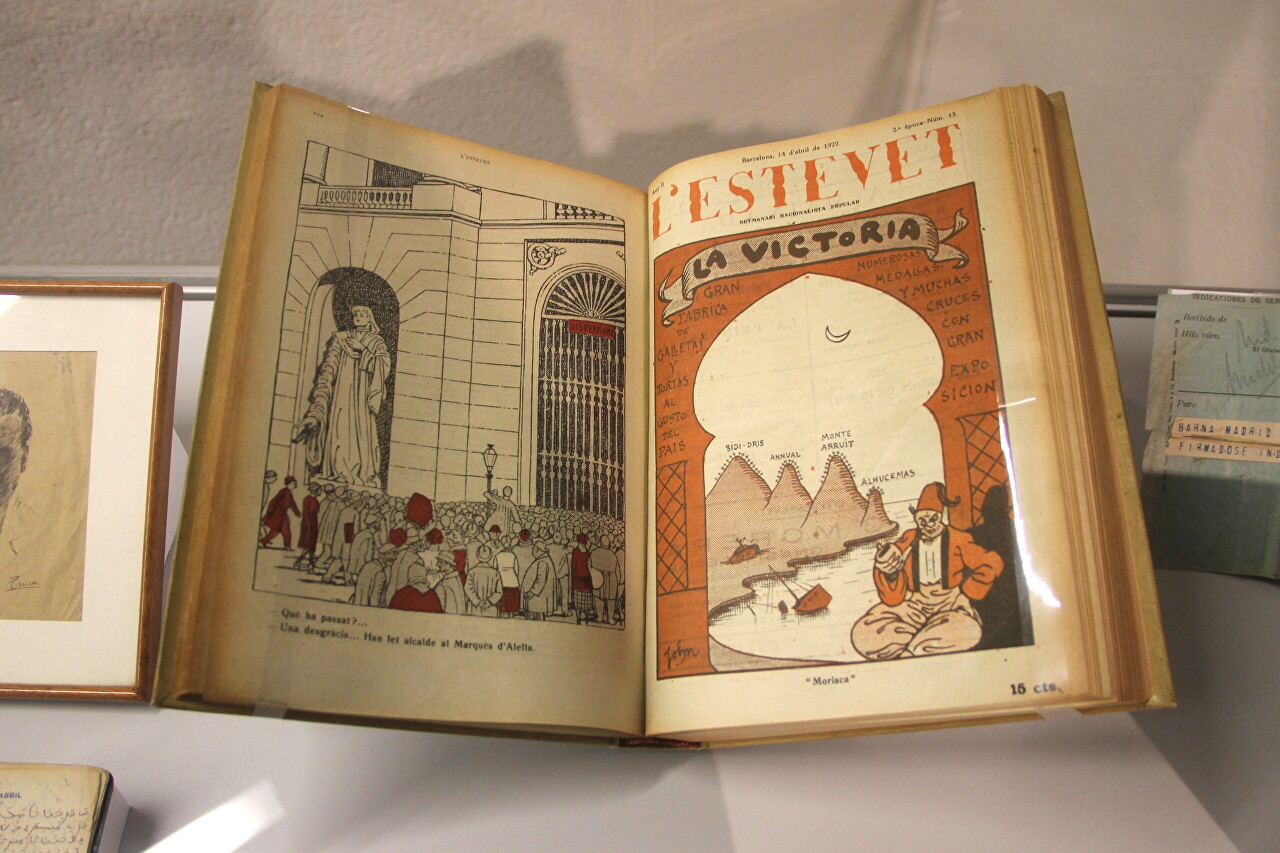
..
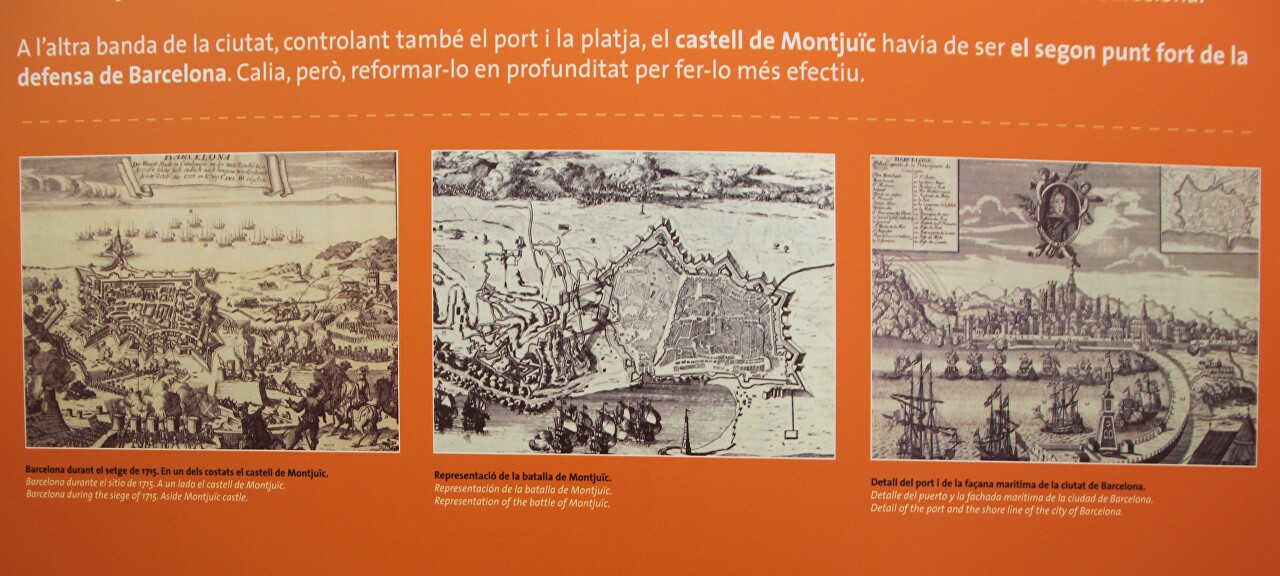
..
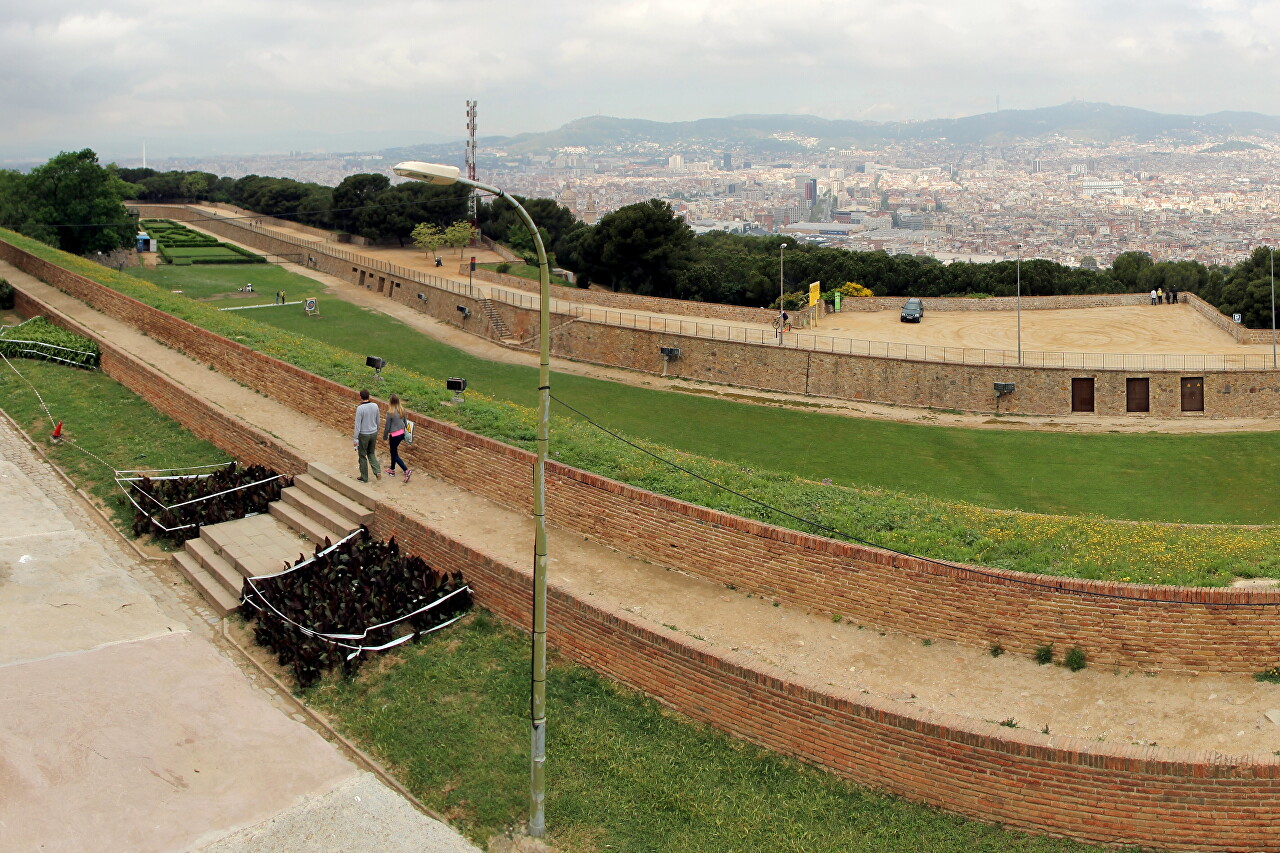
..
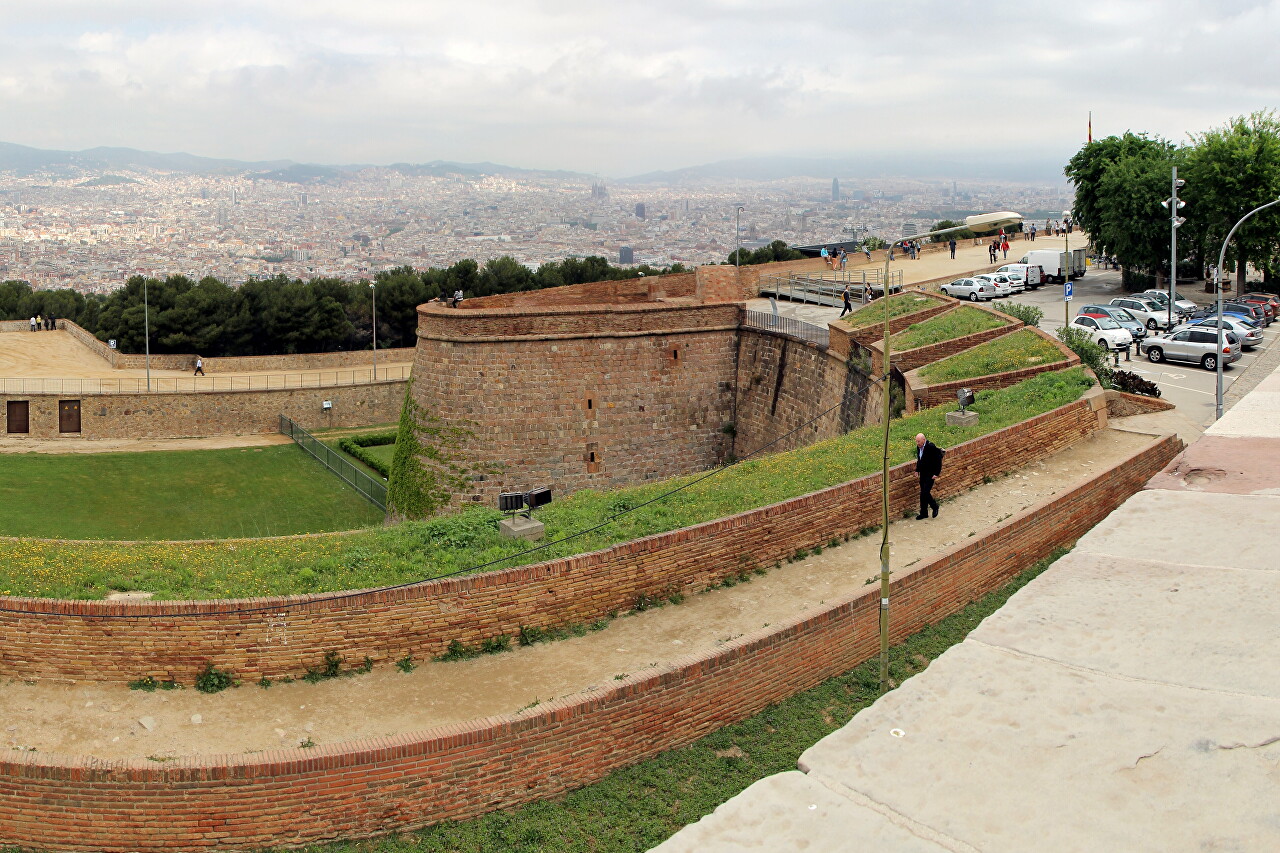
..
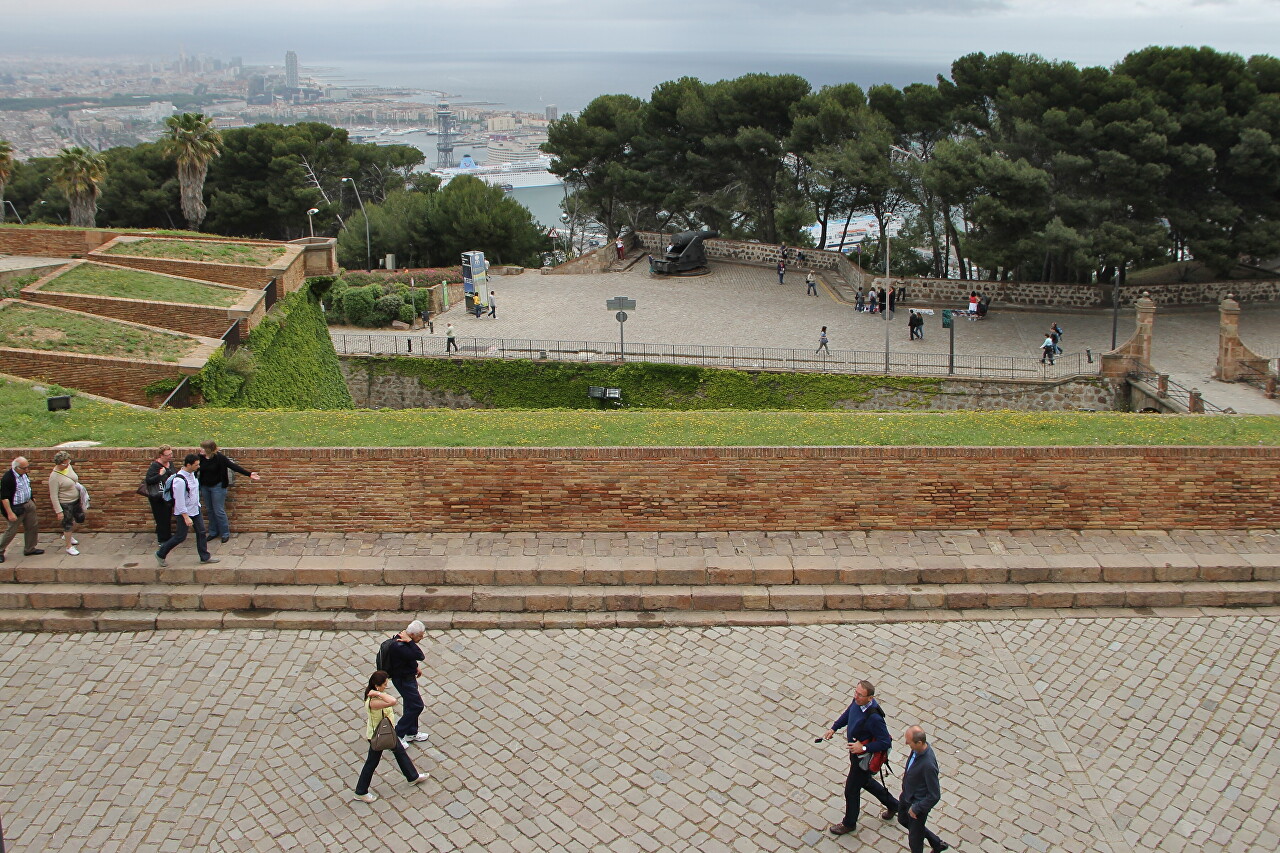
..
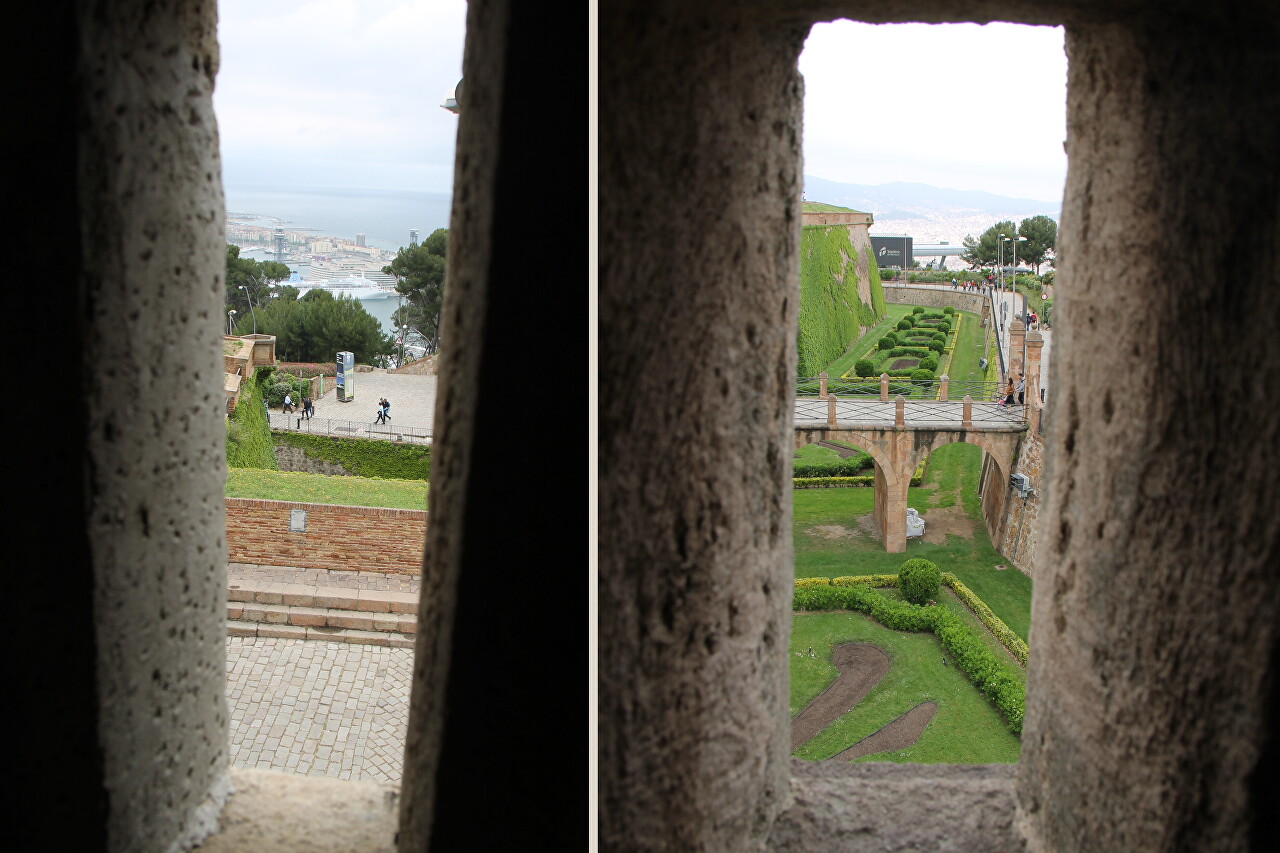
..
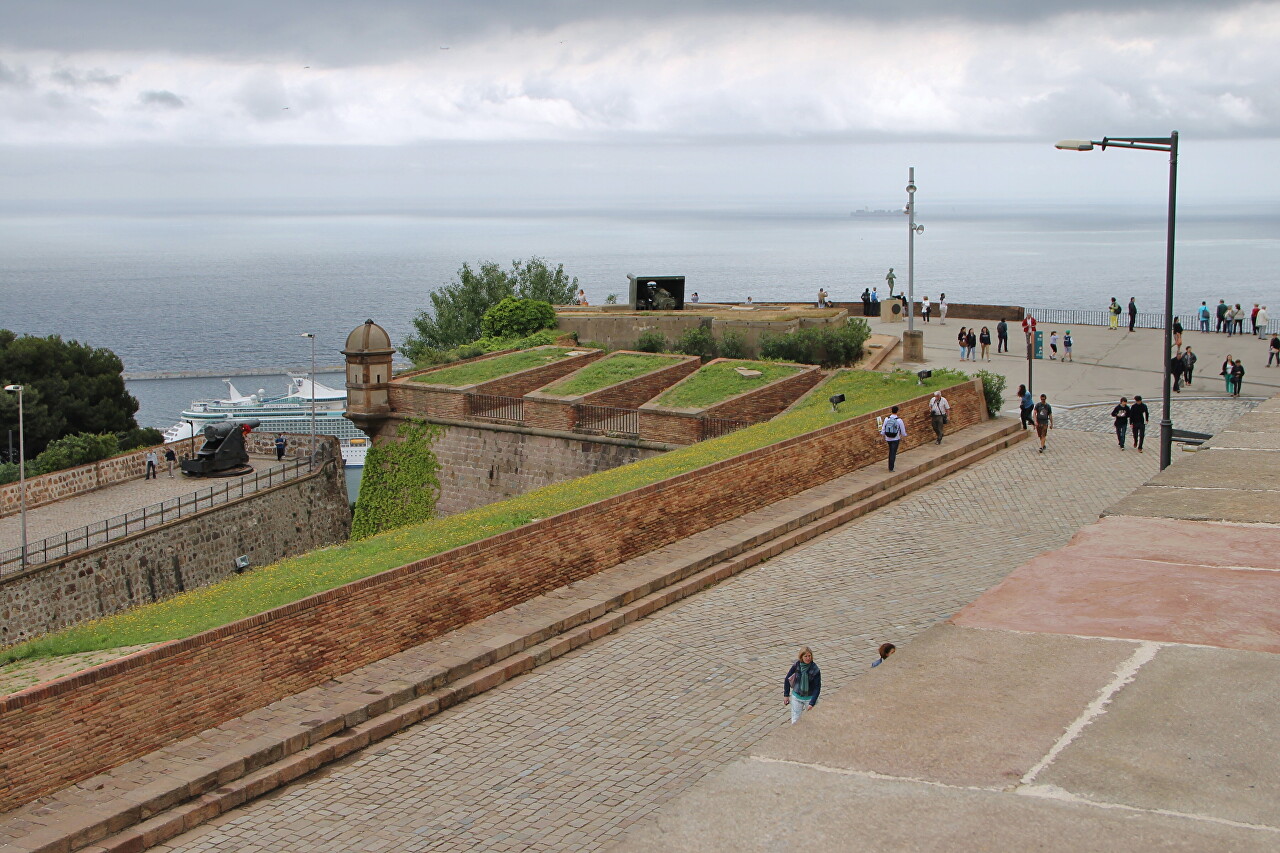
..

..
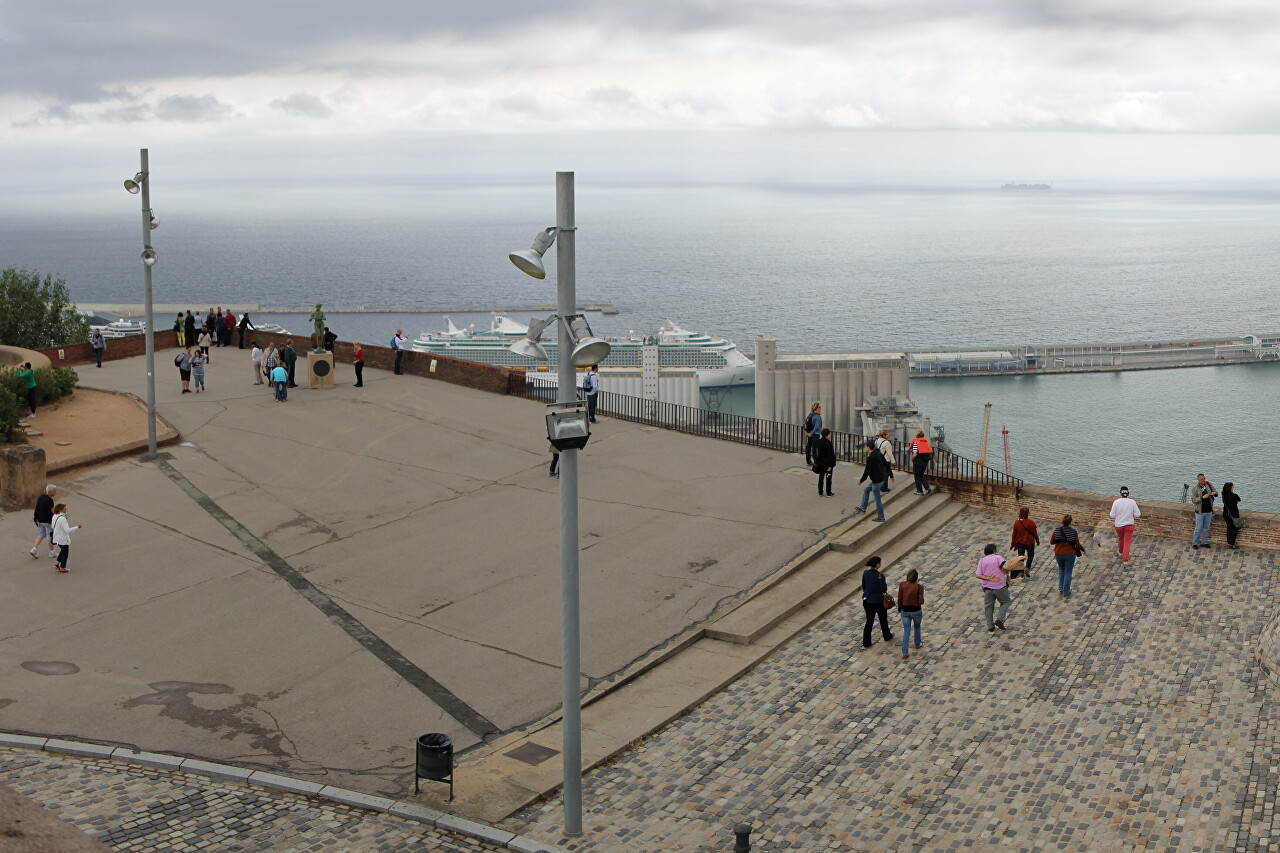
..
